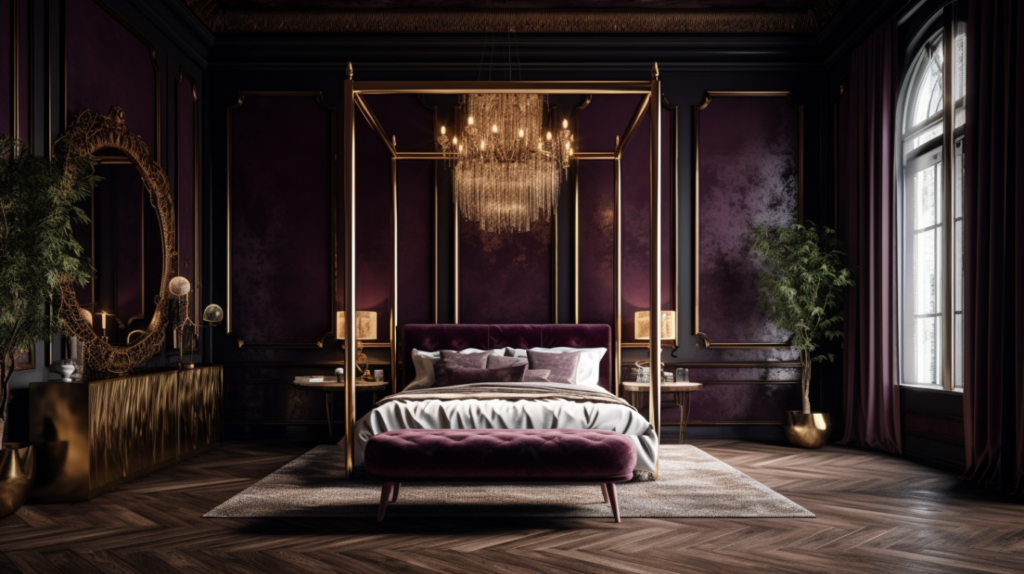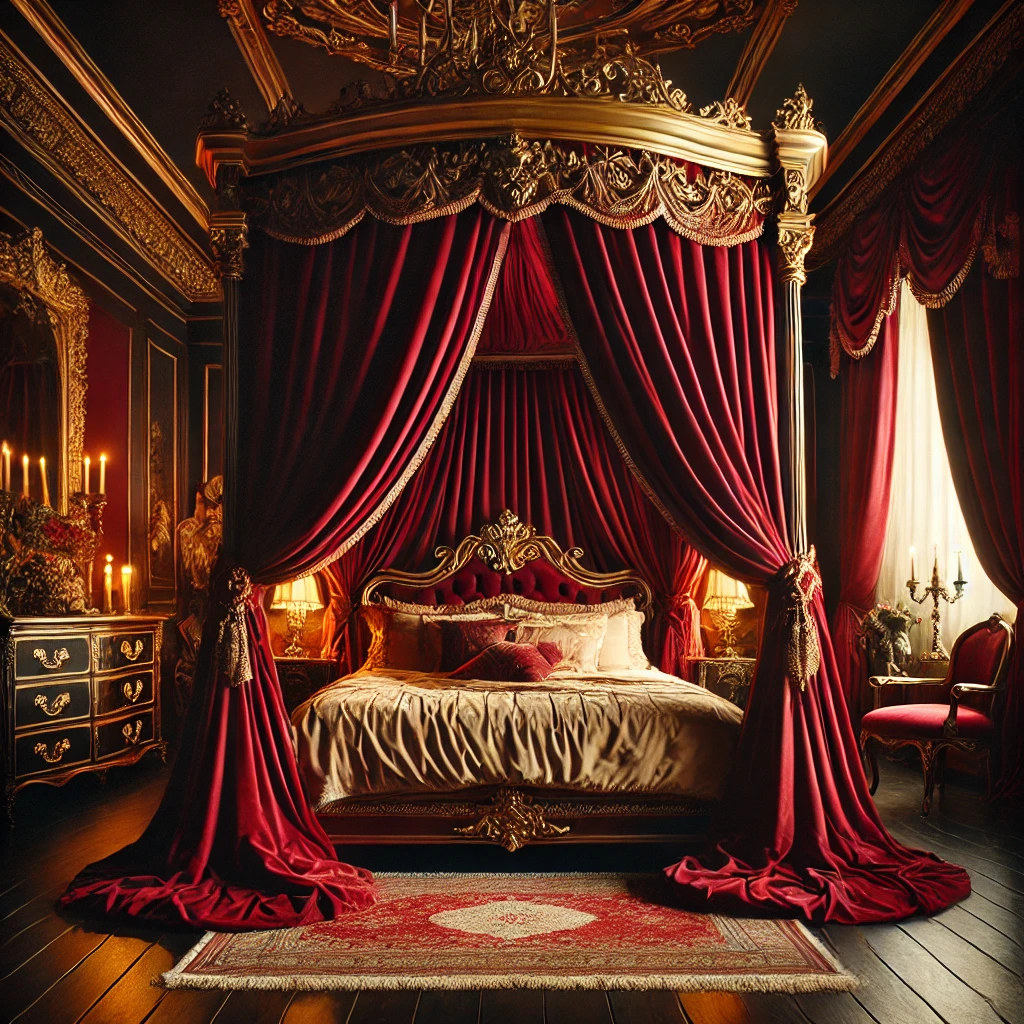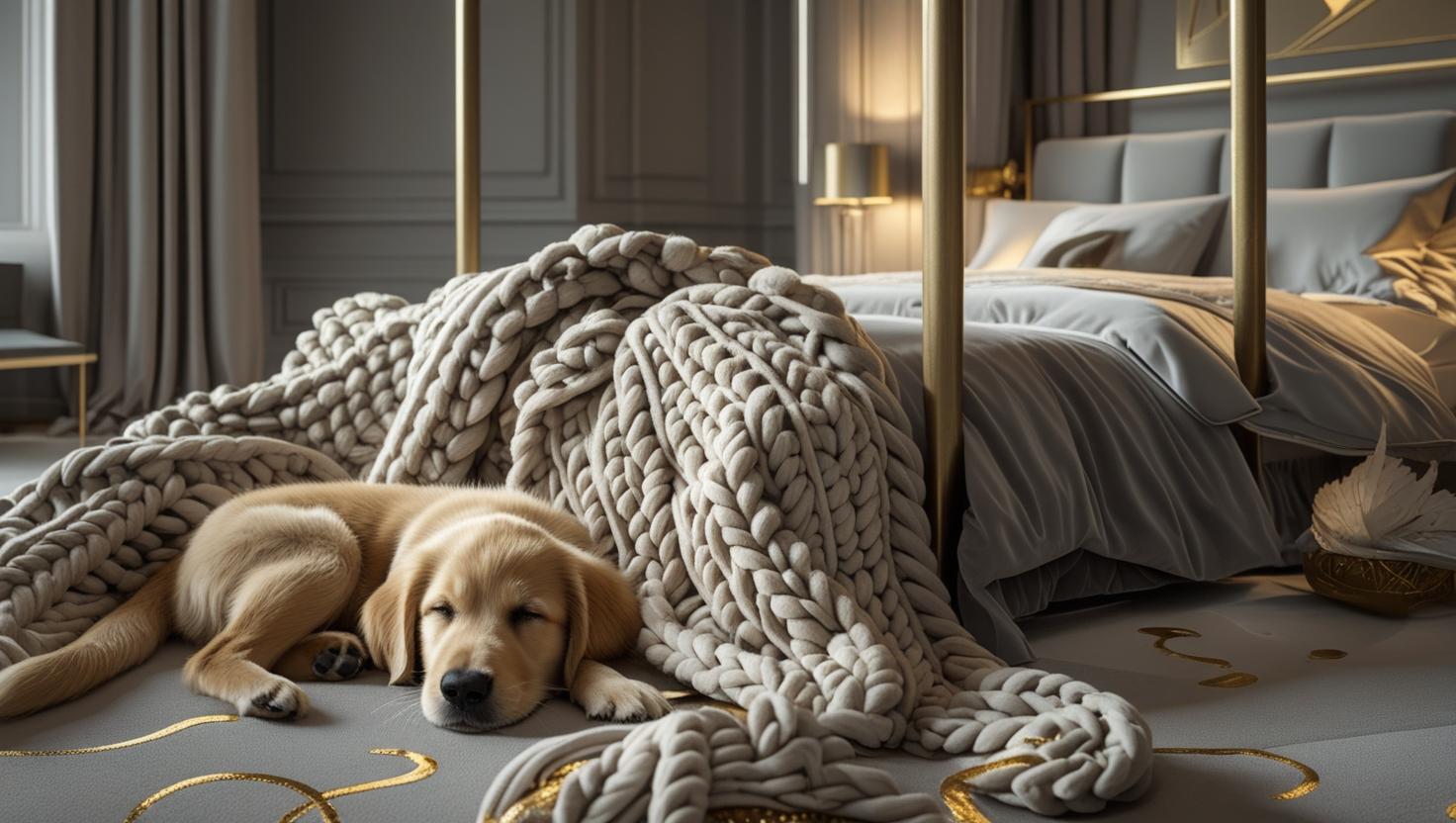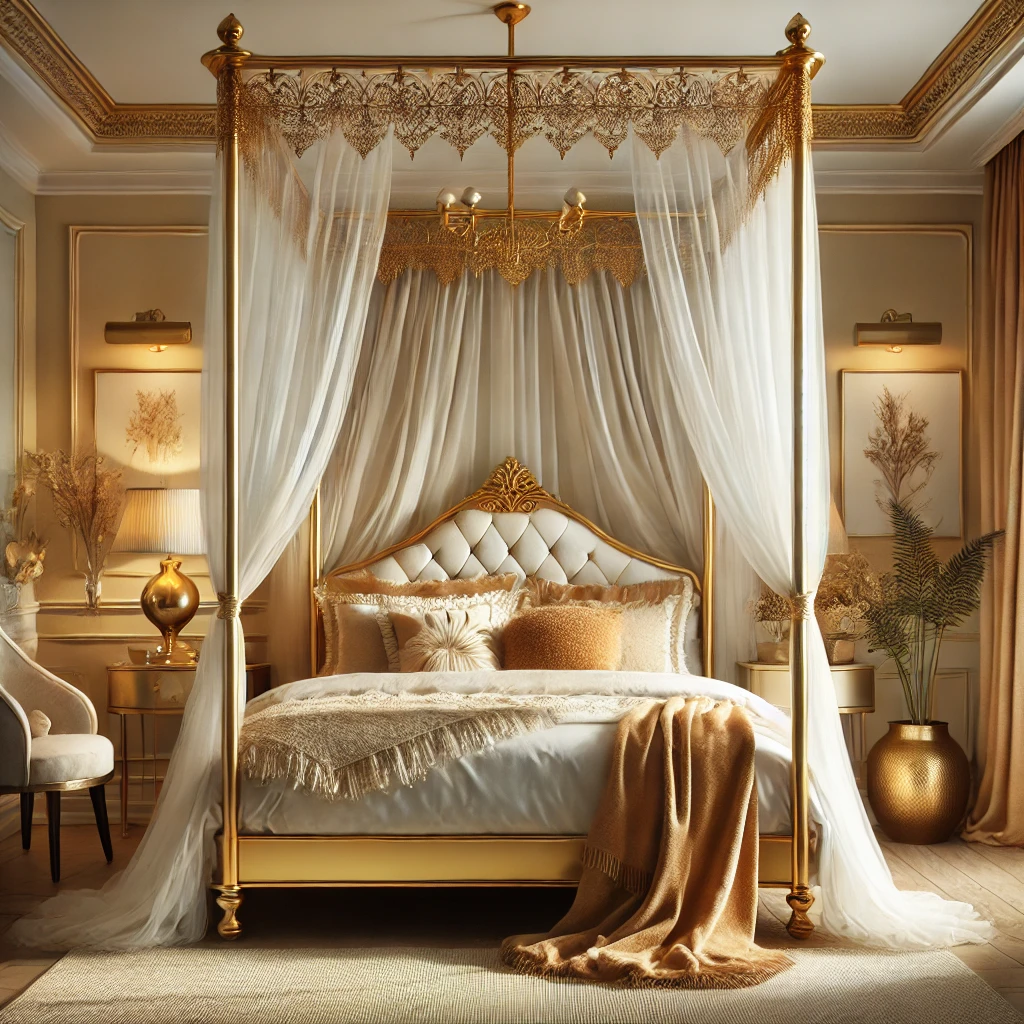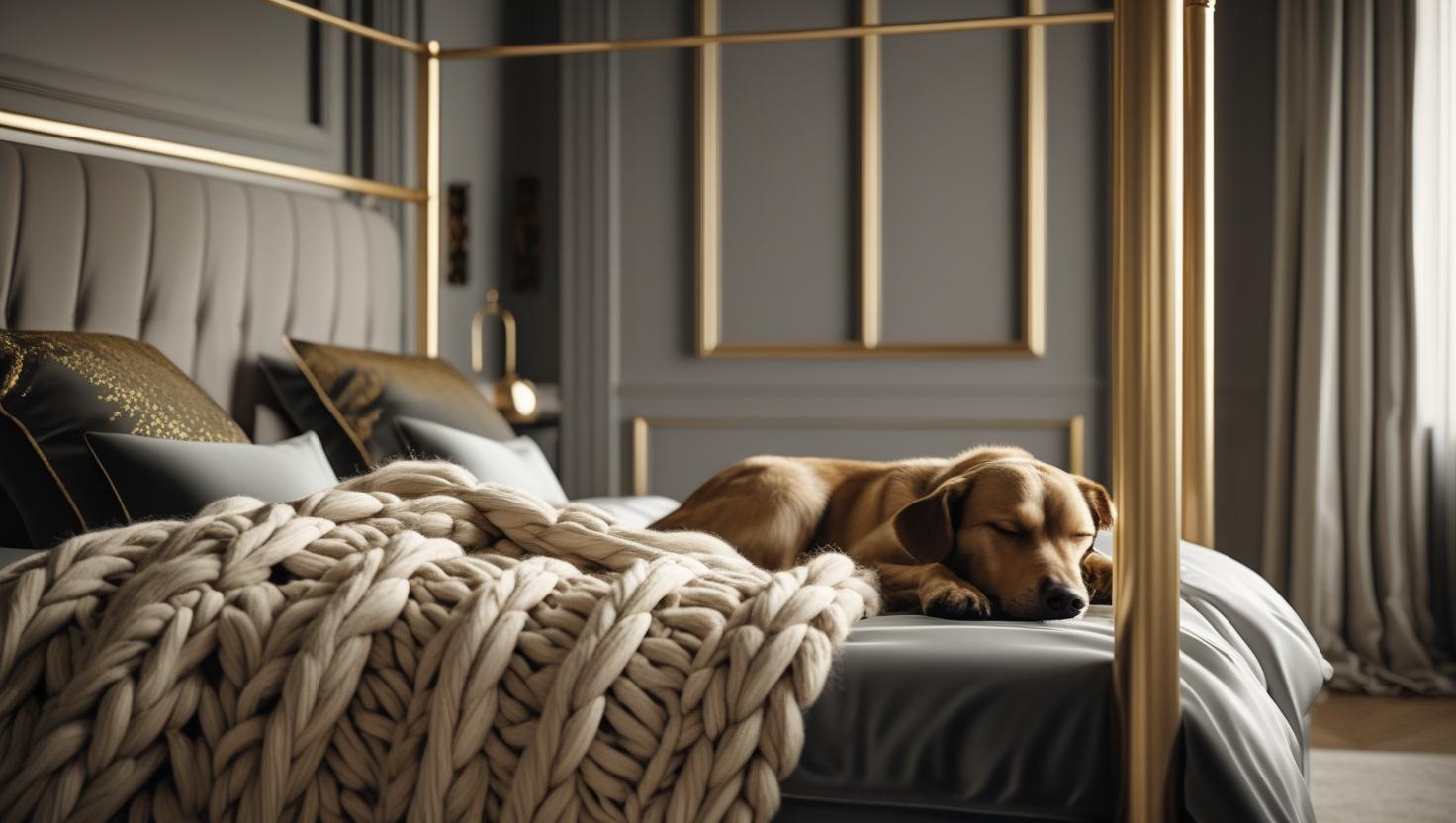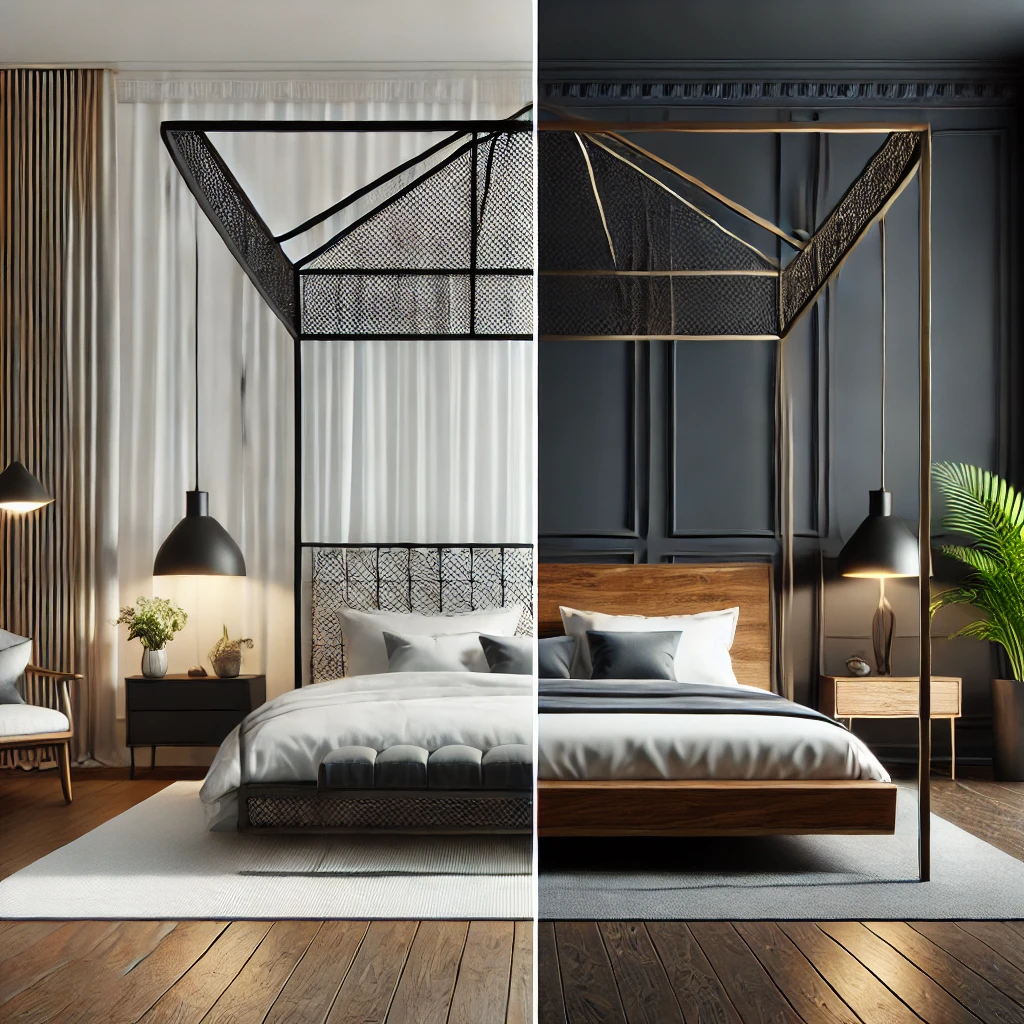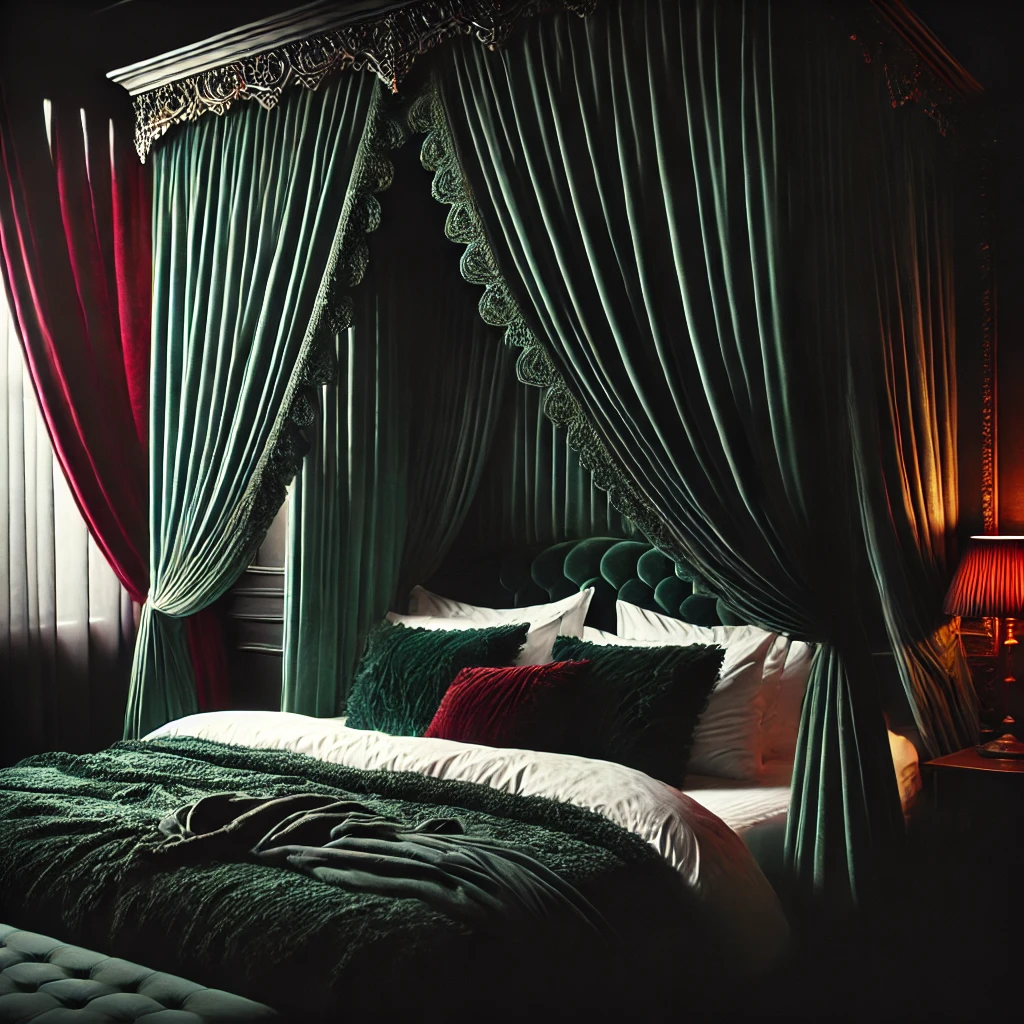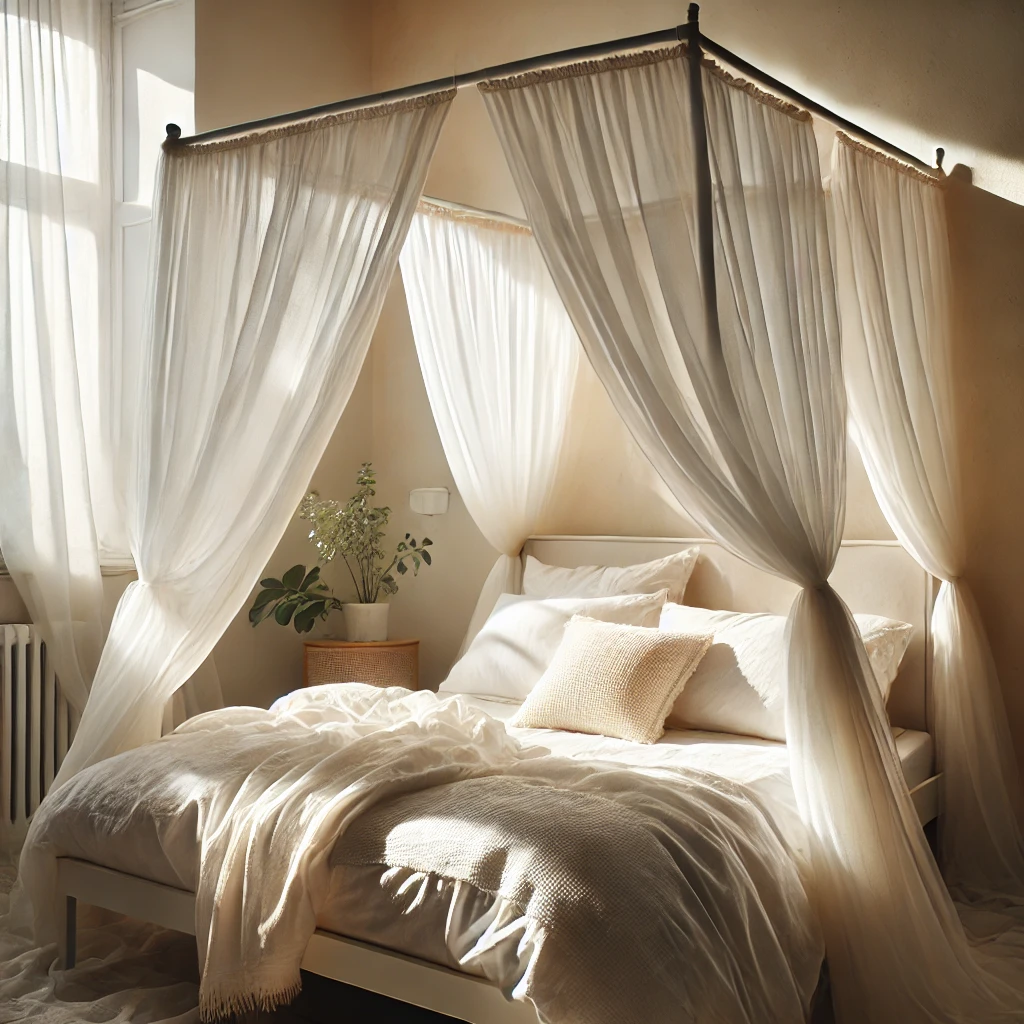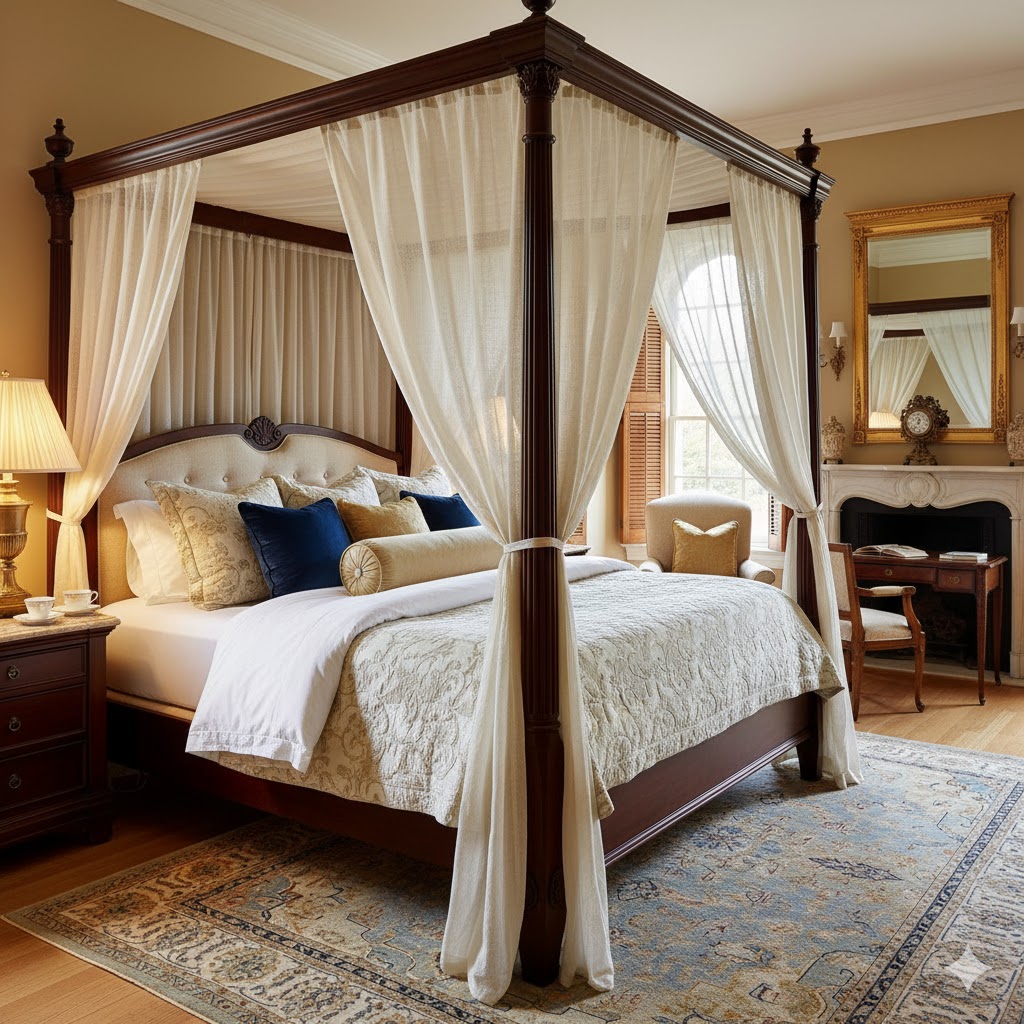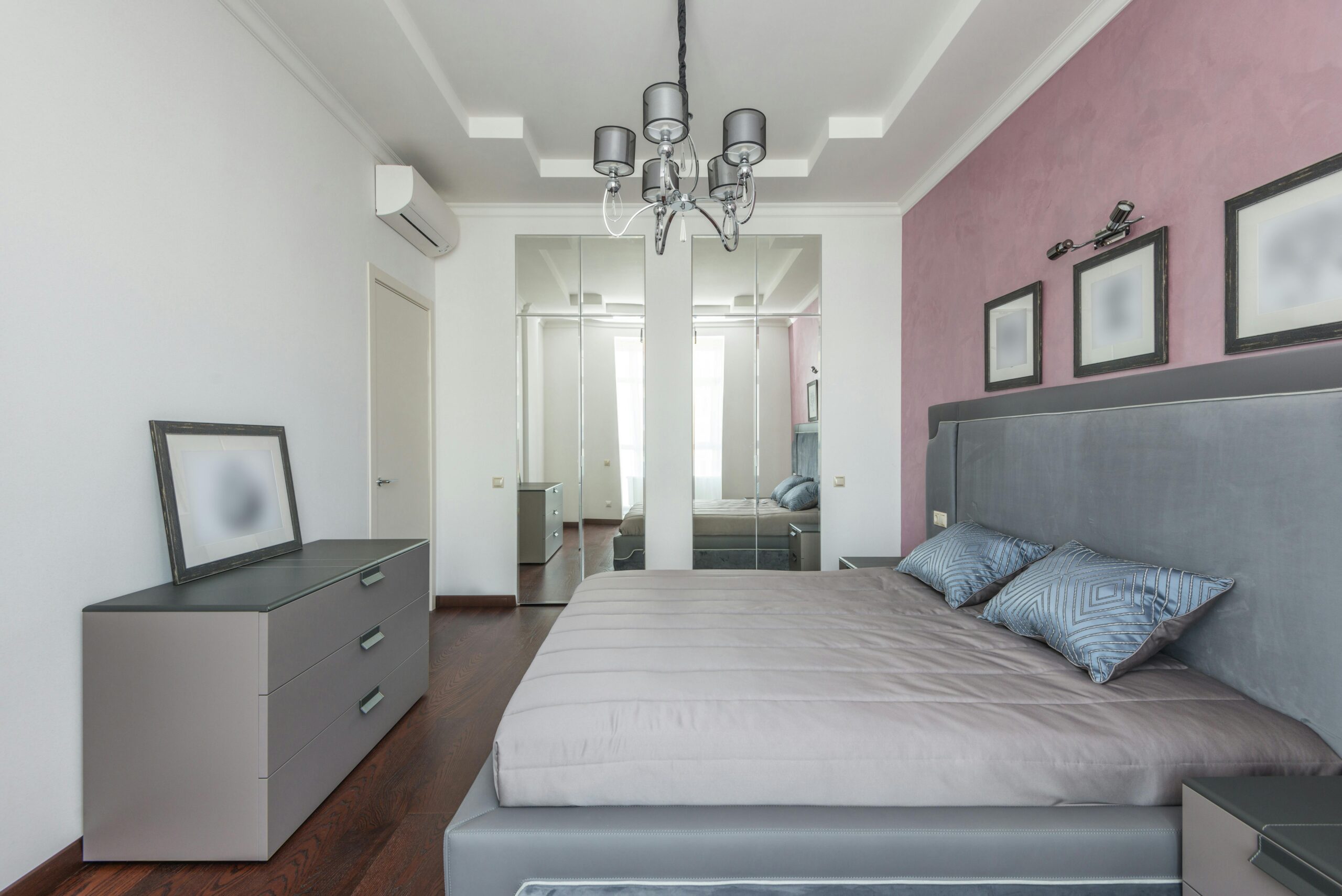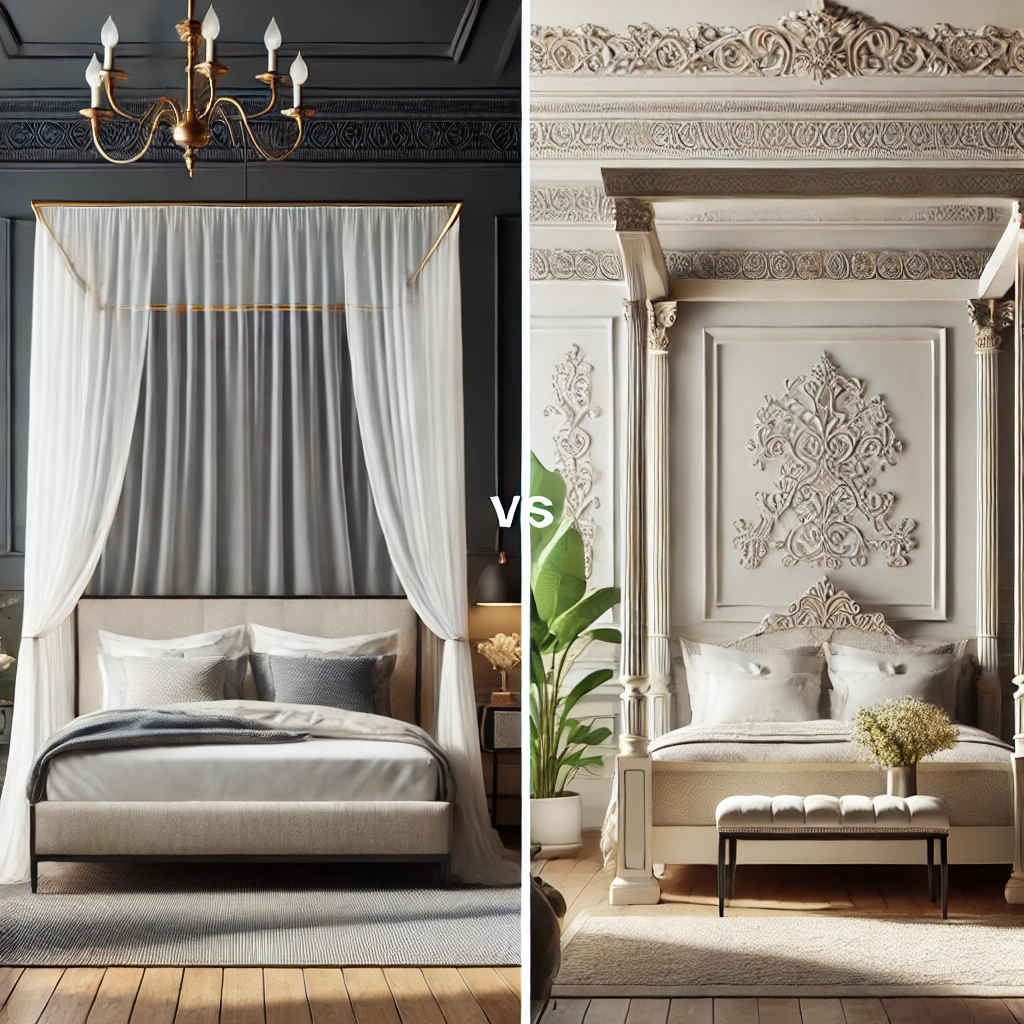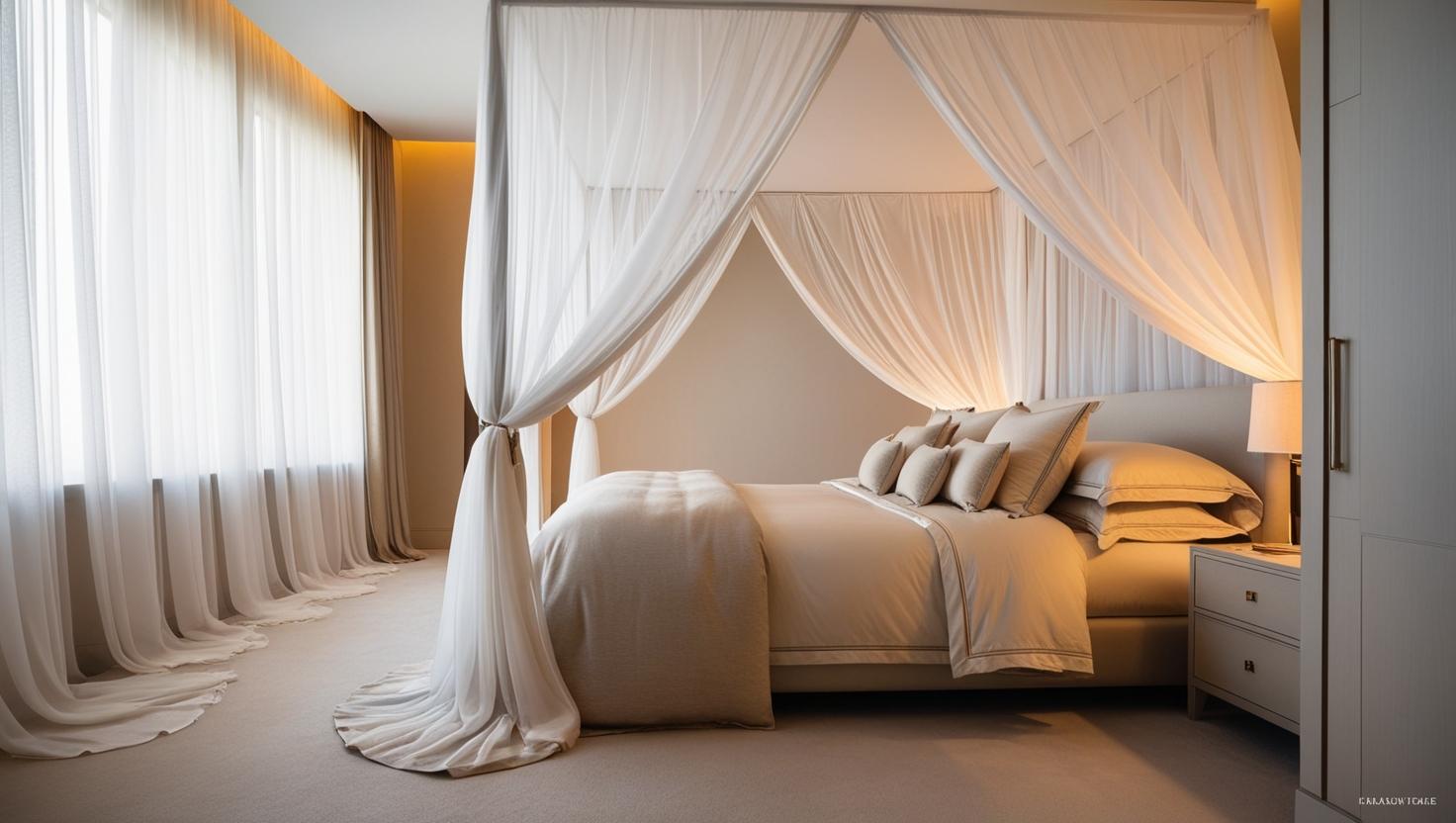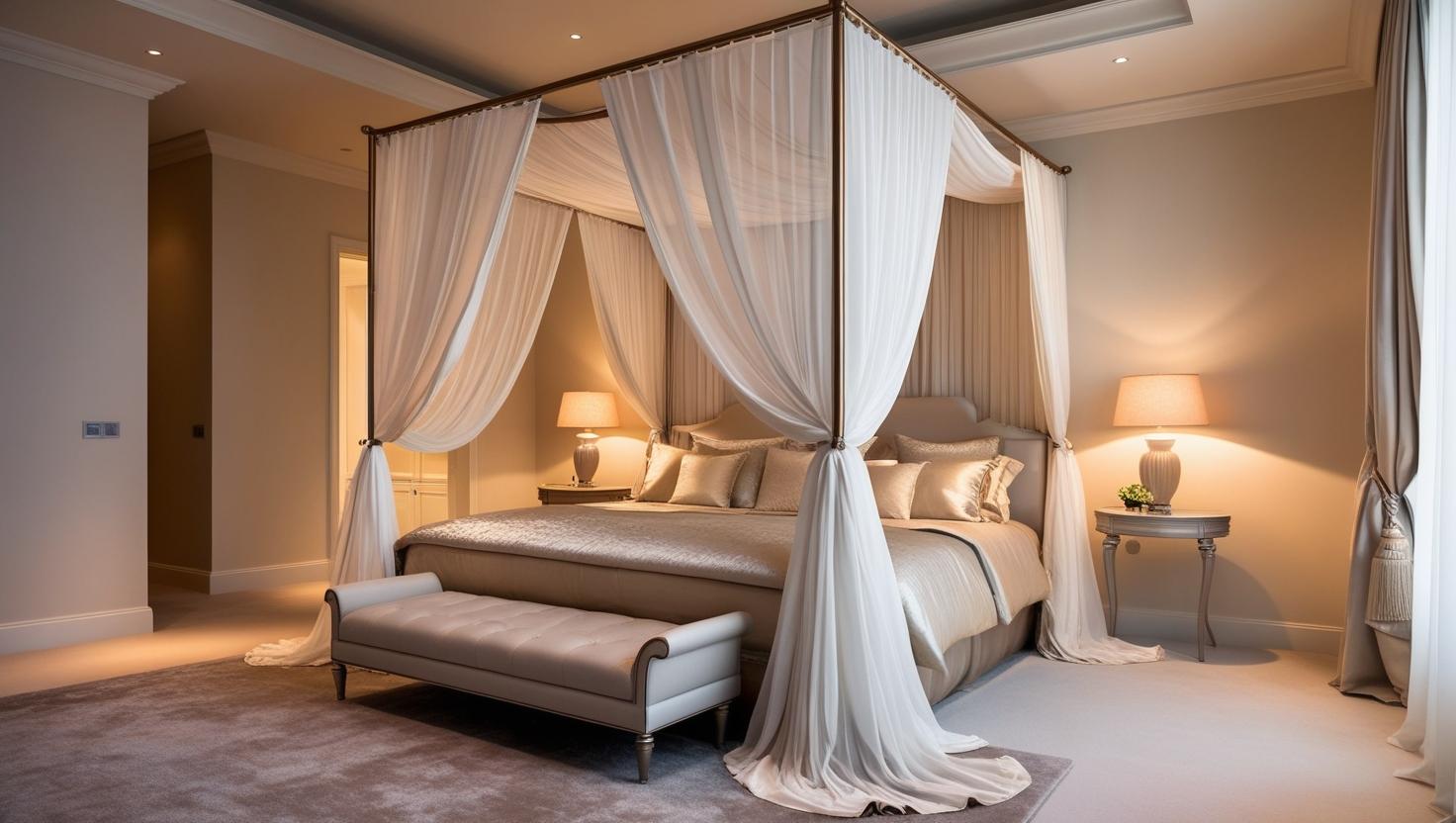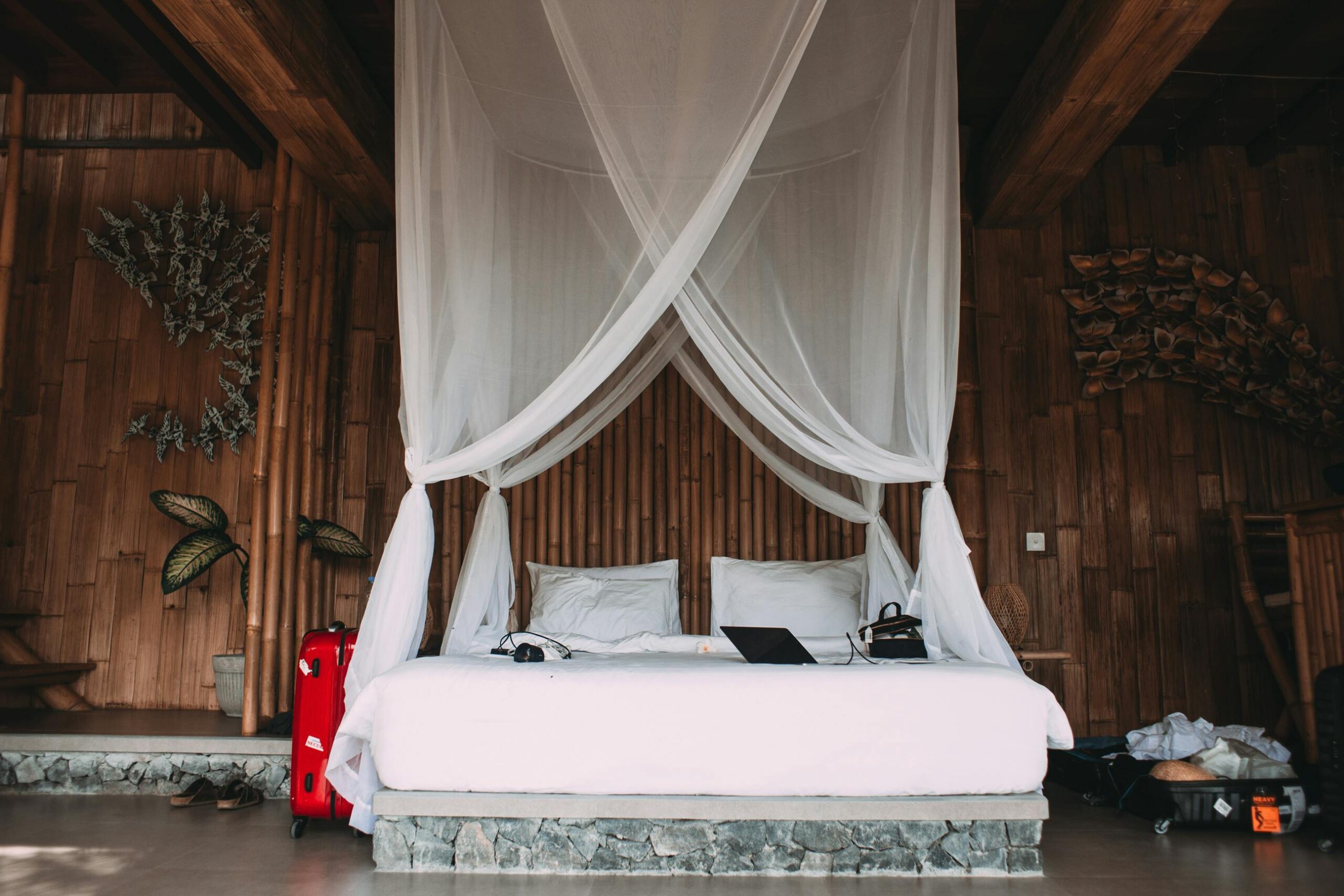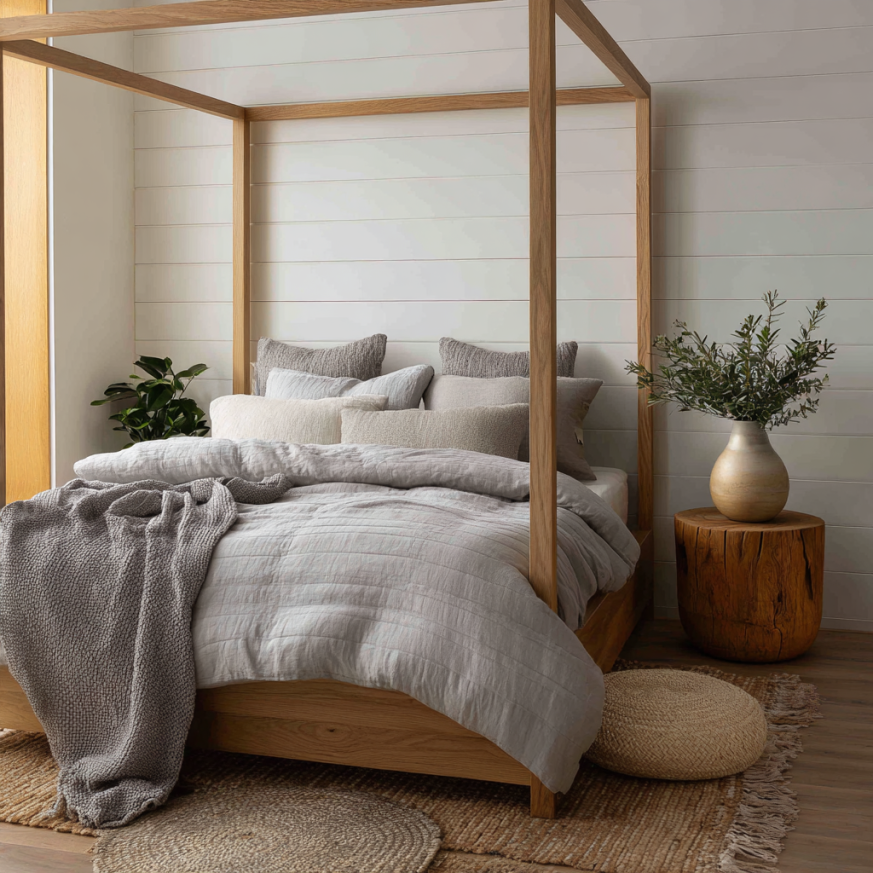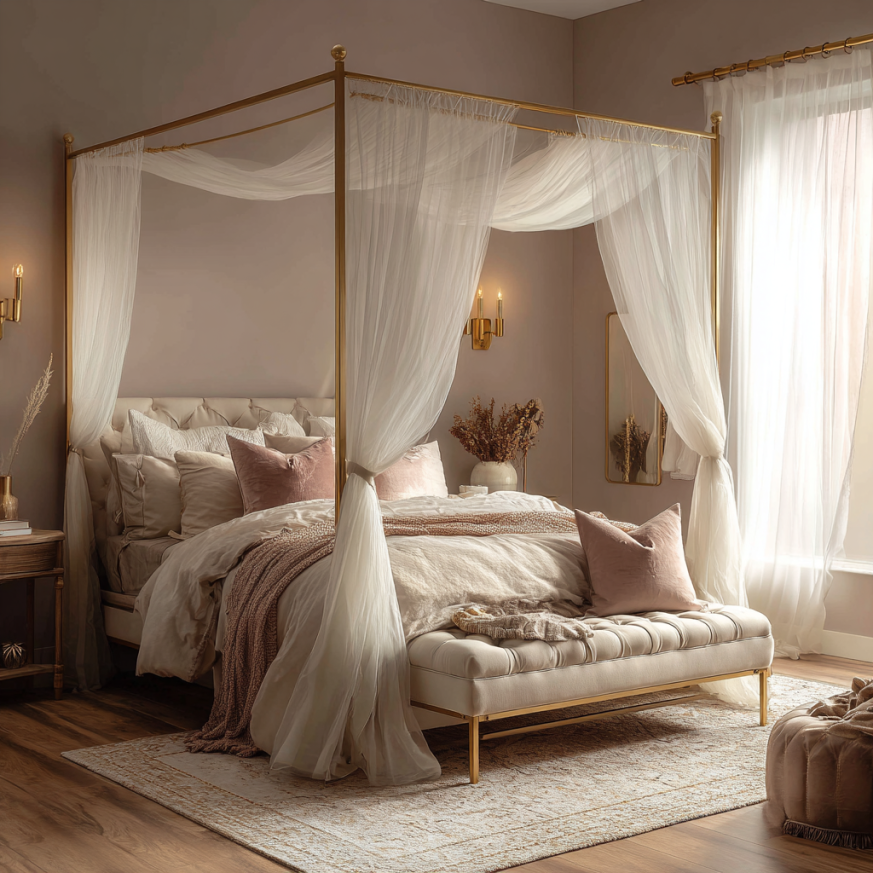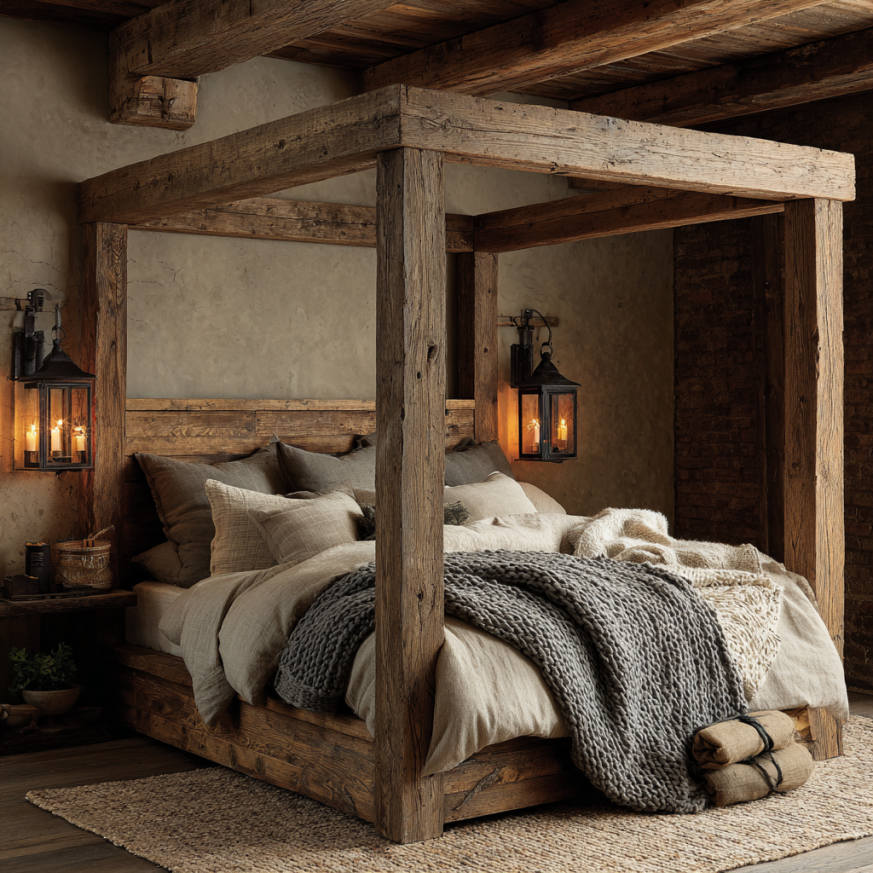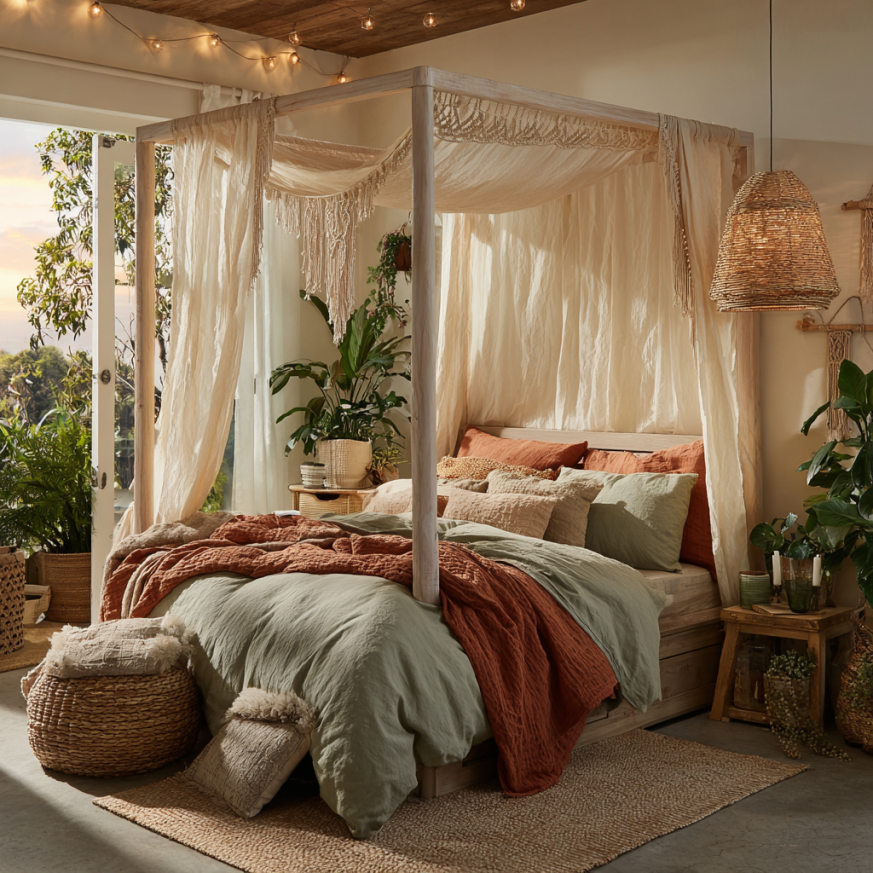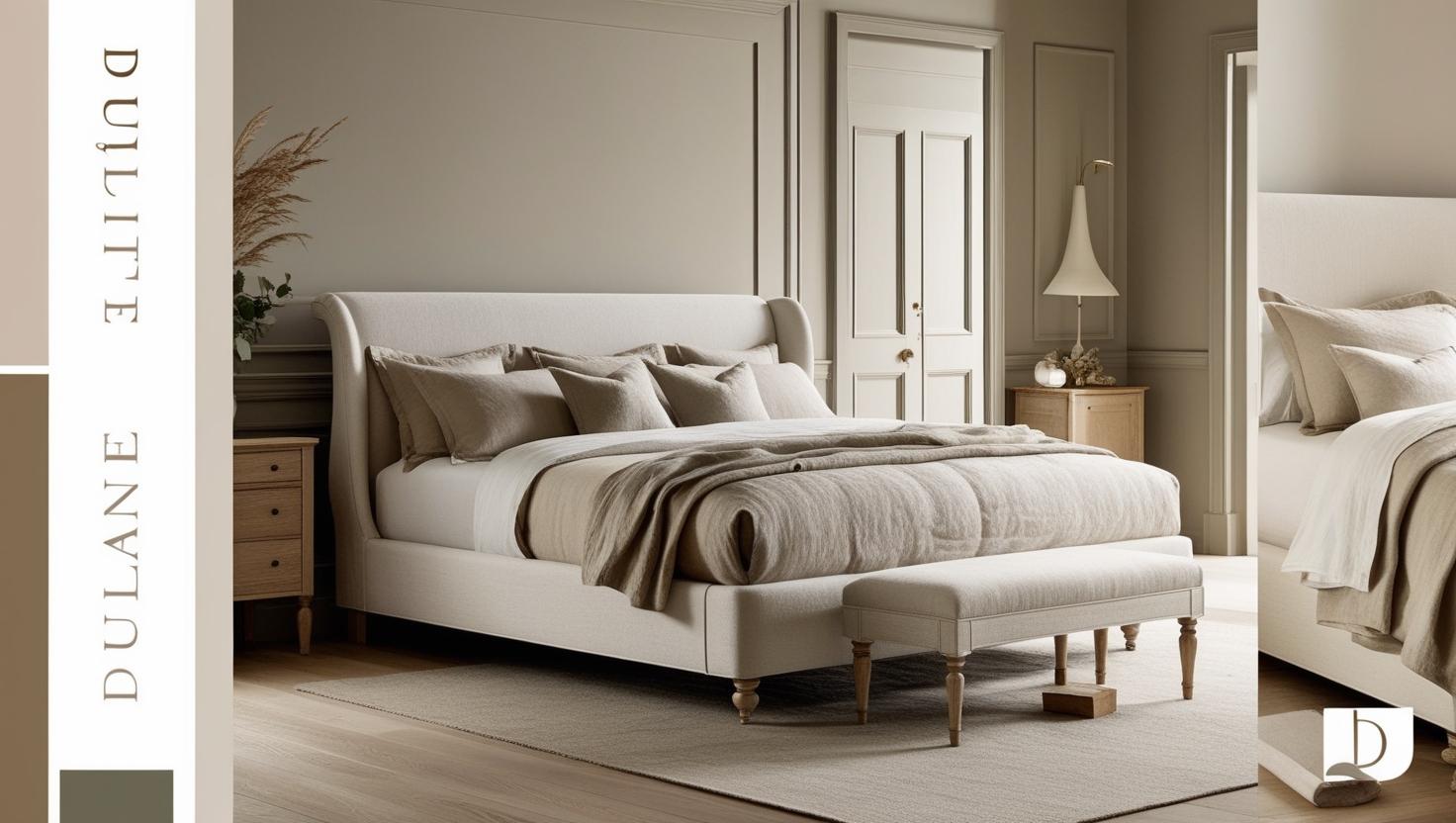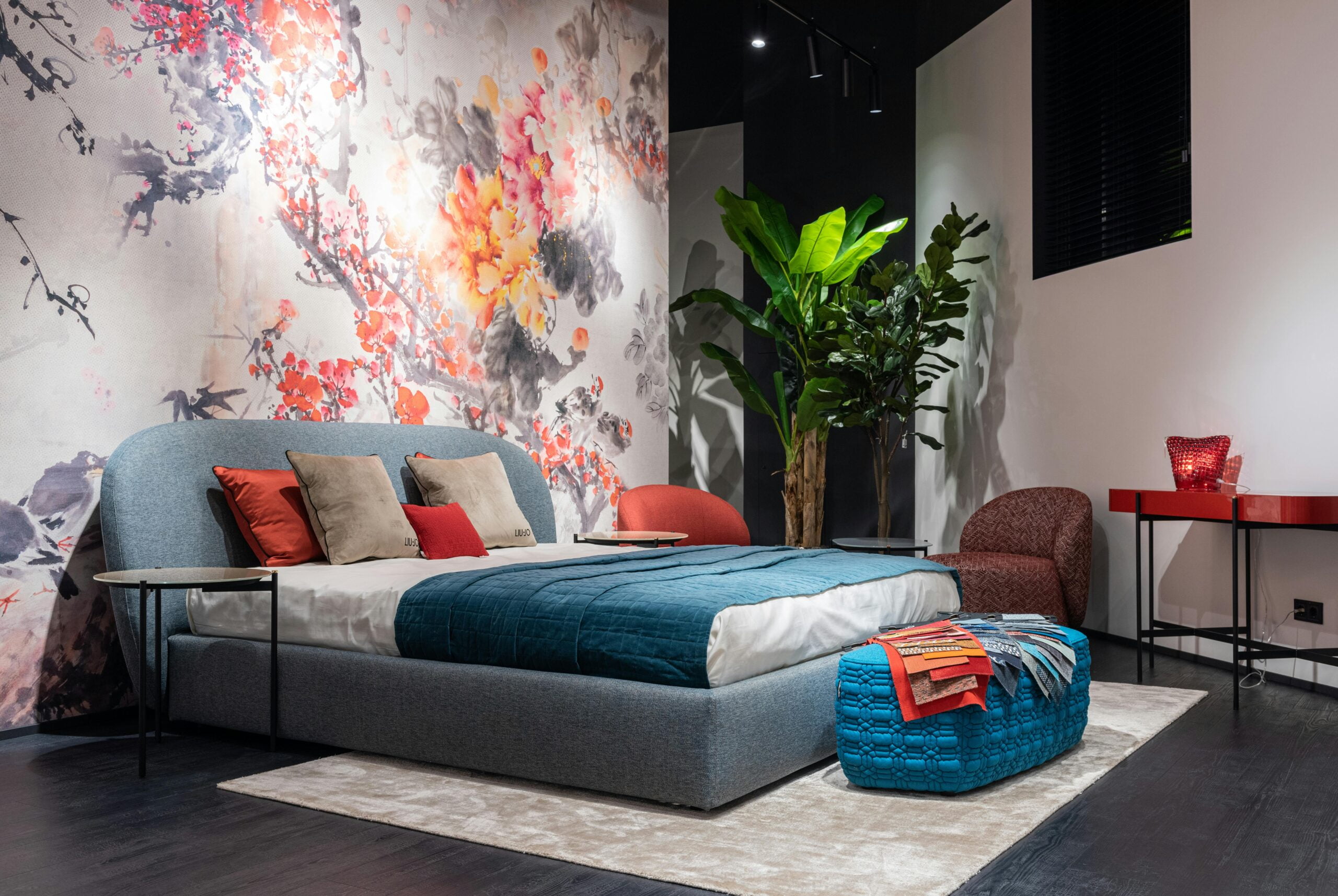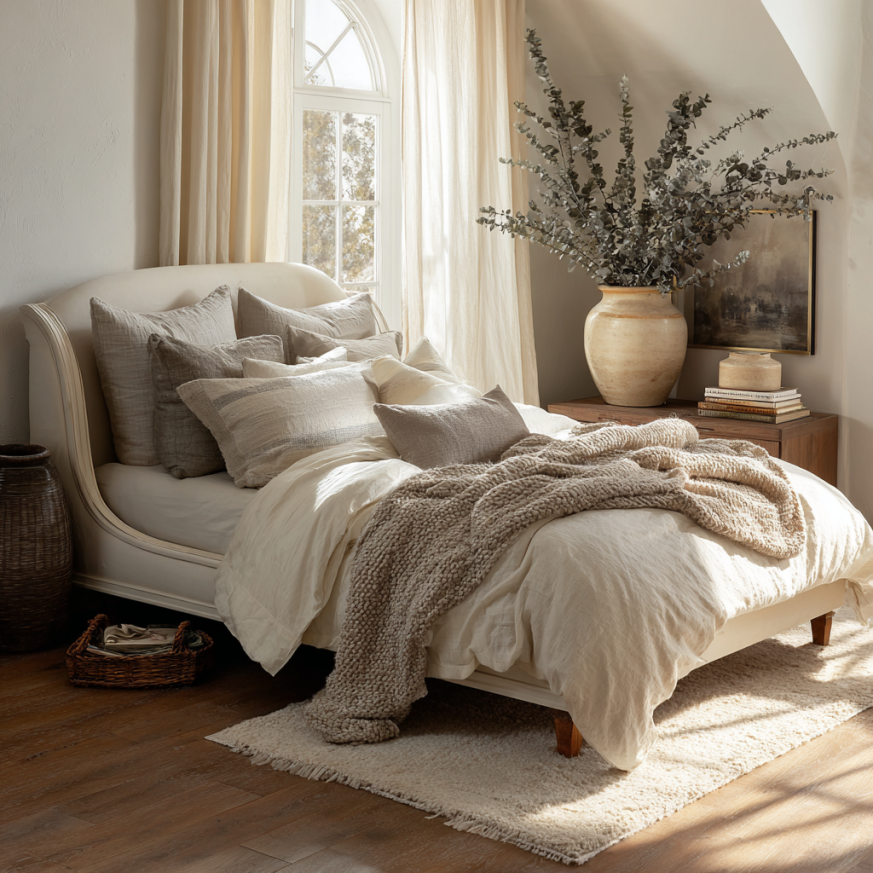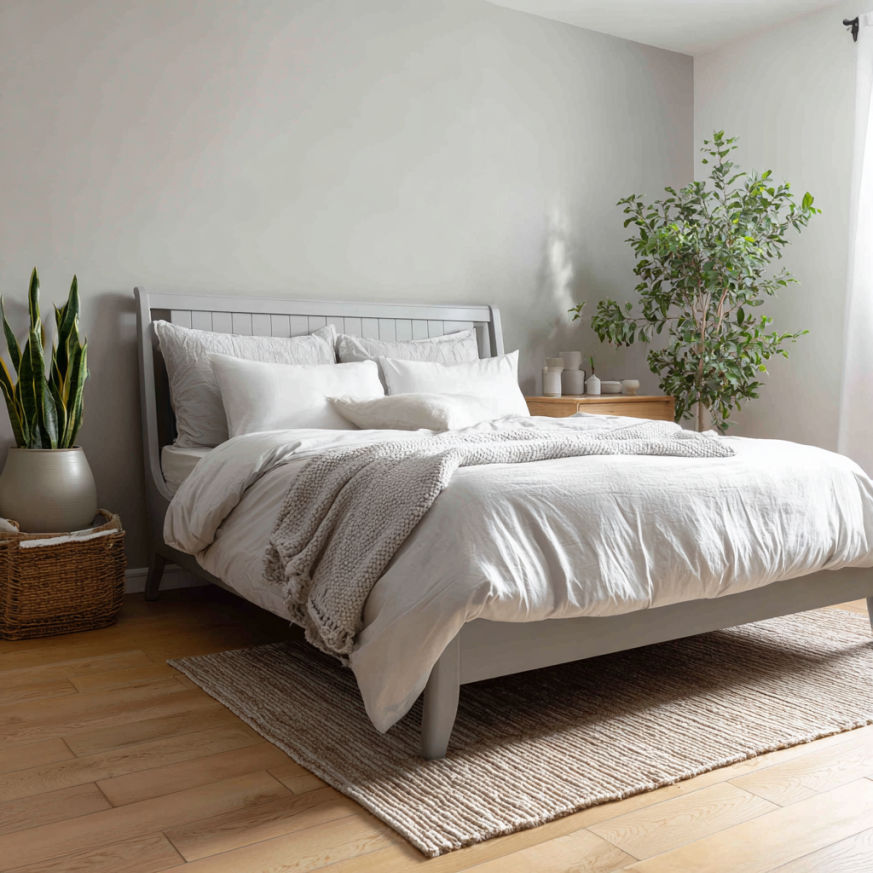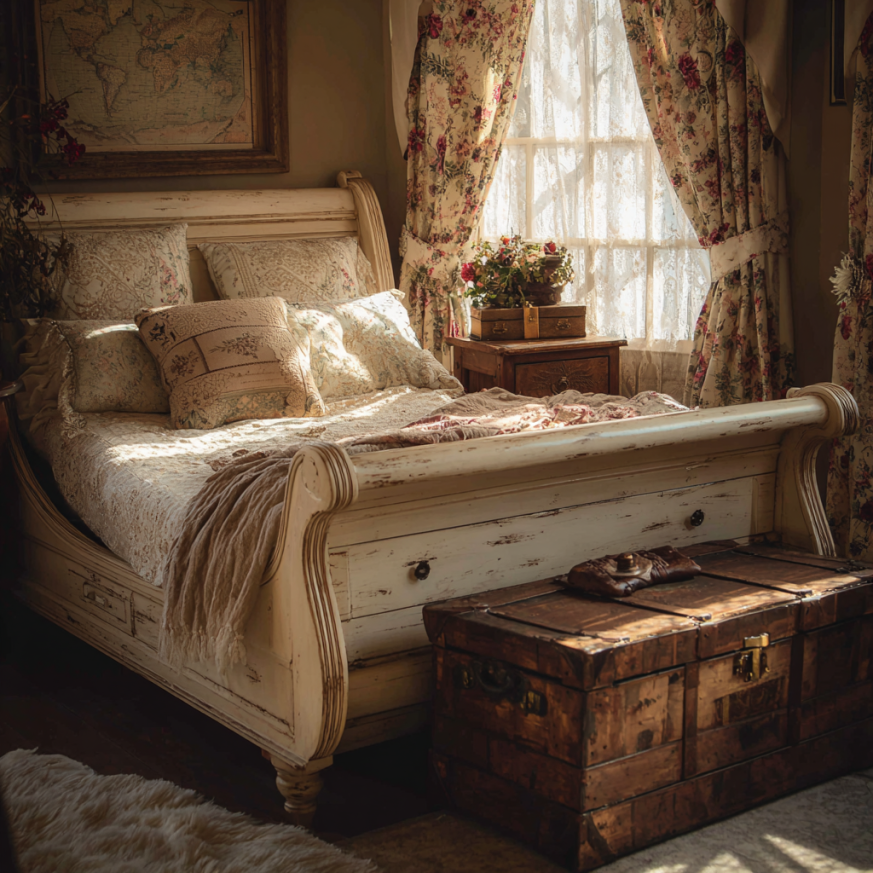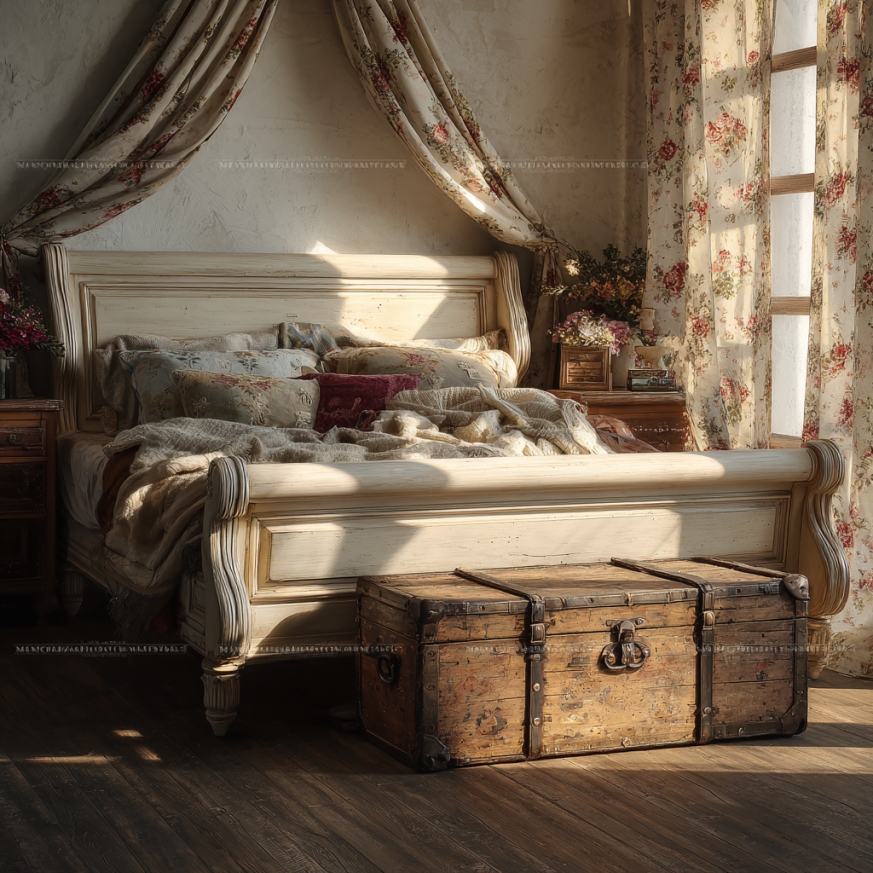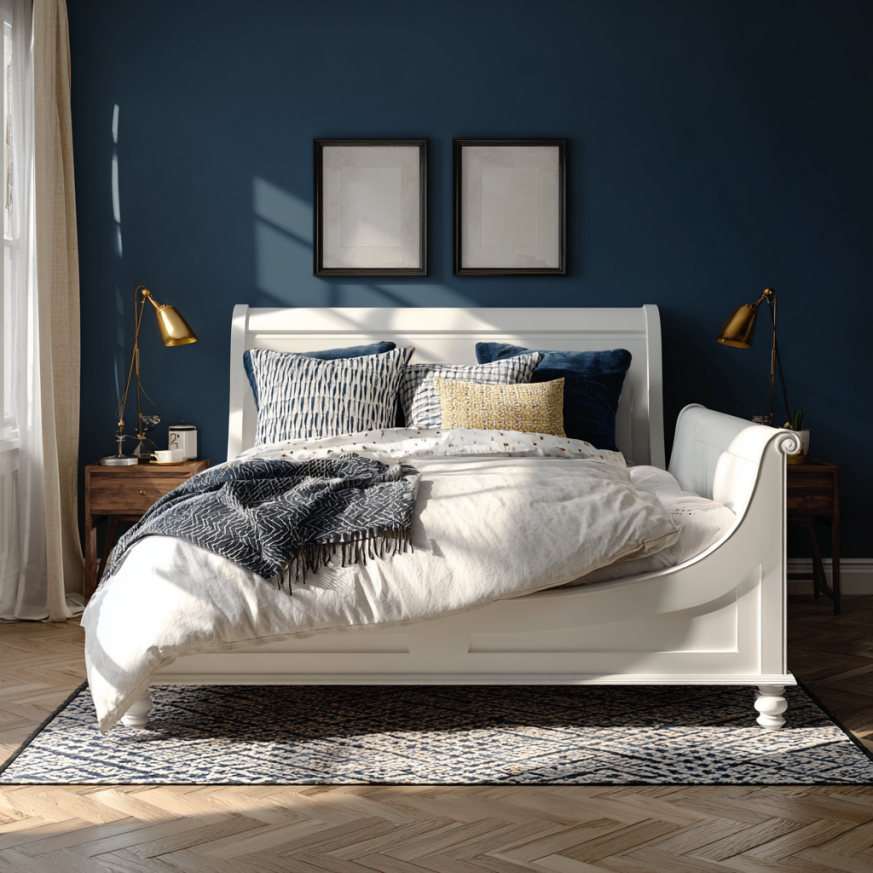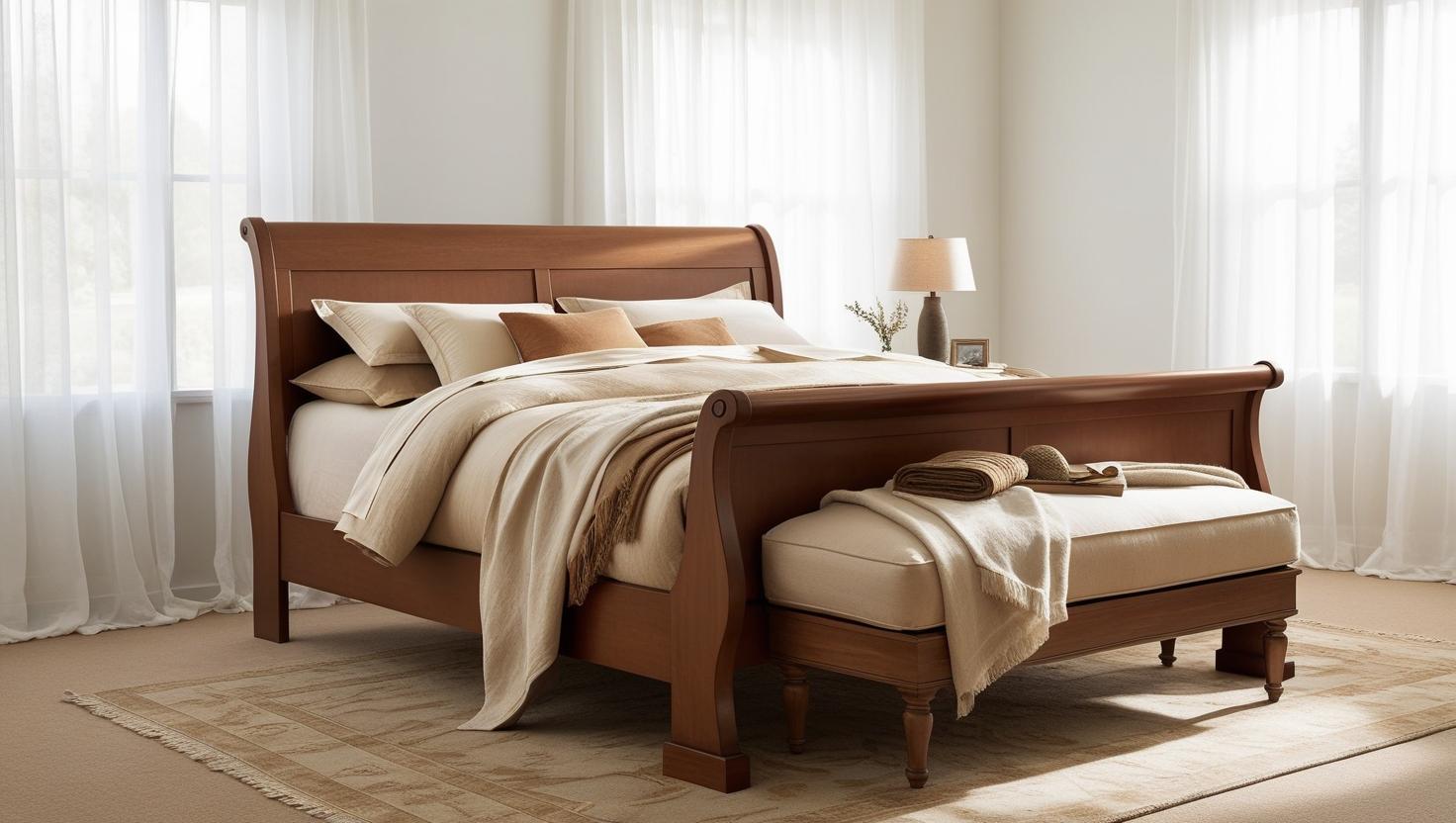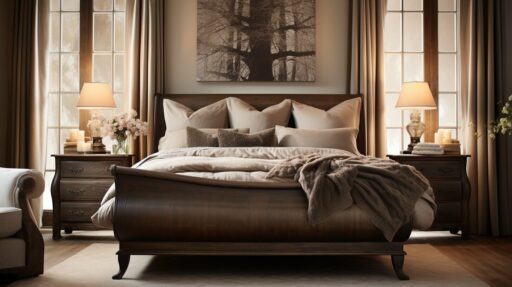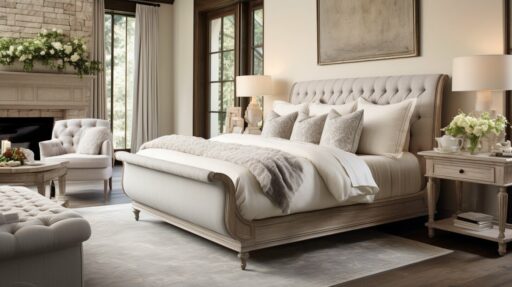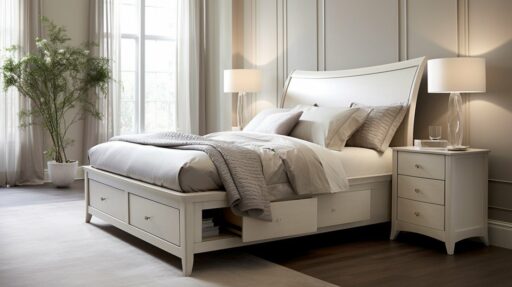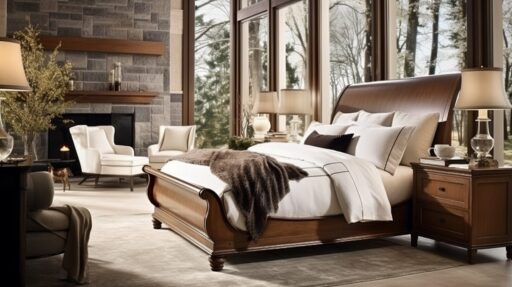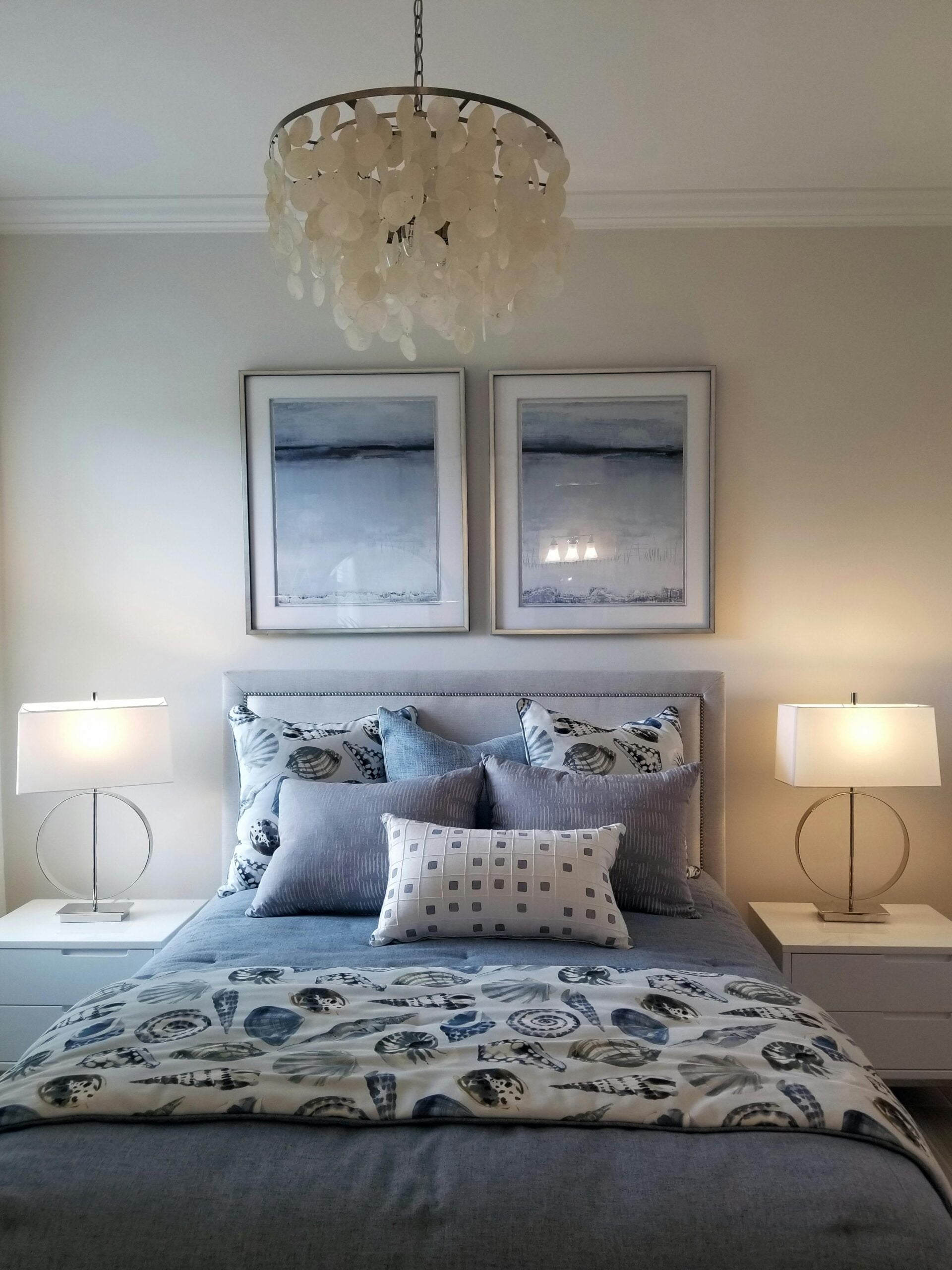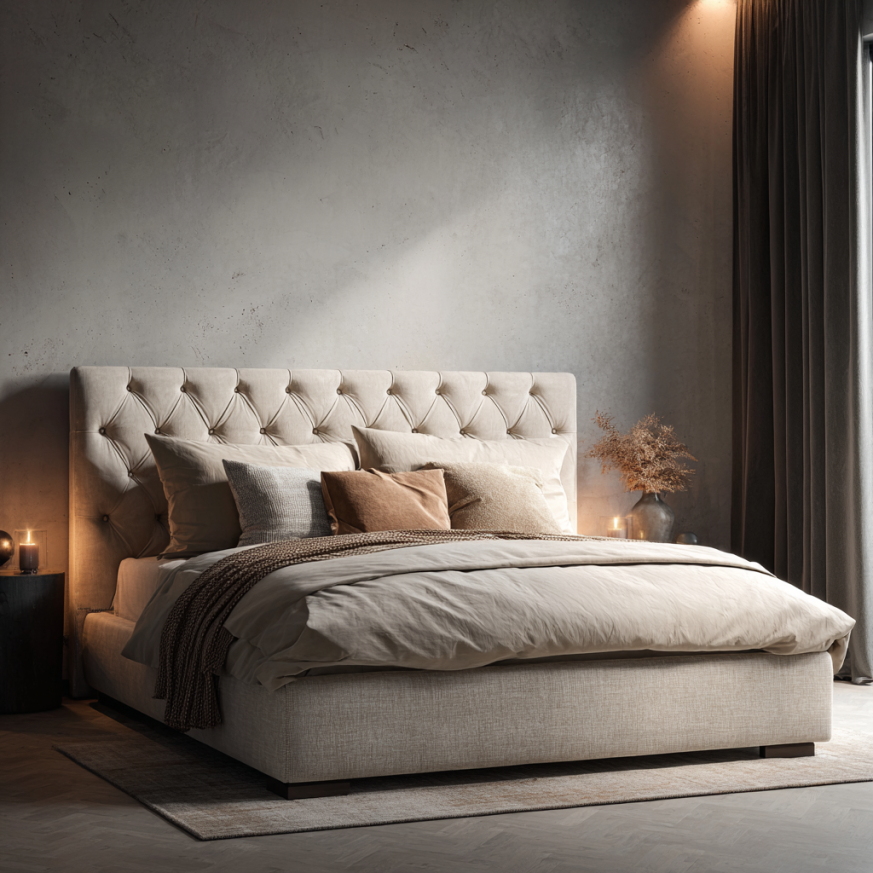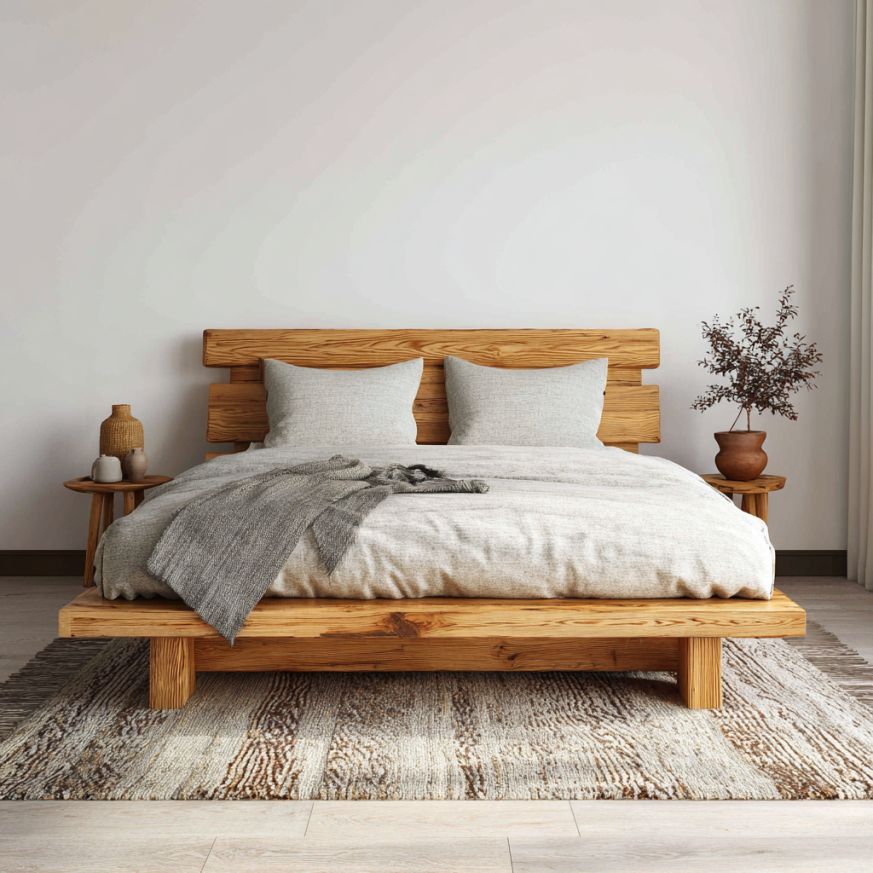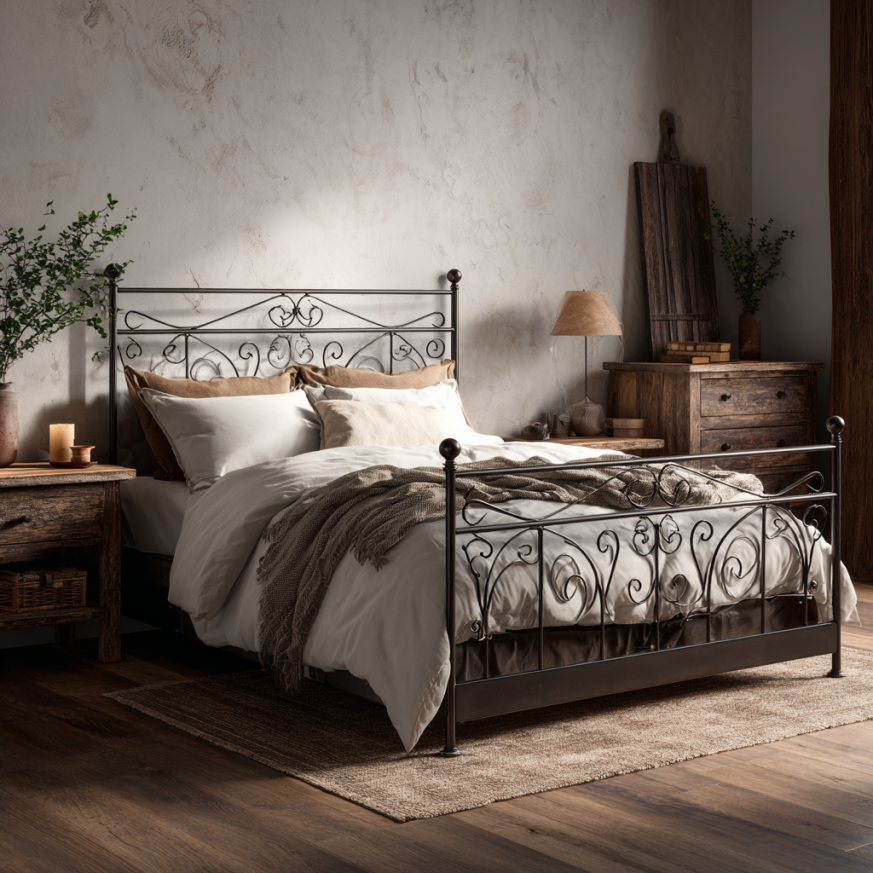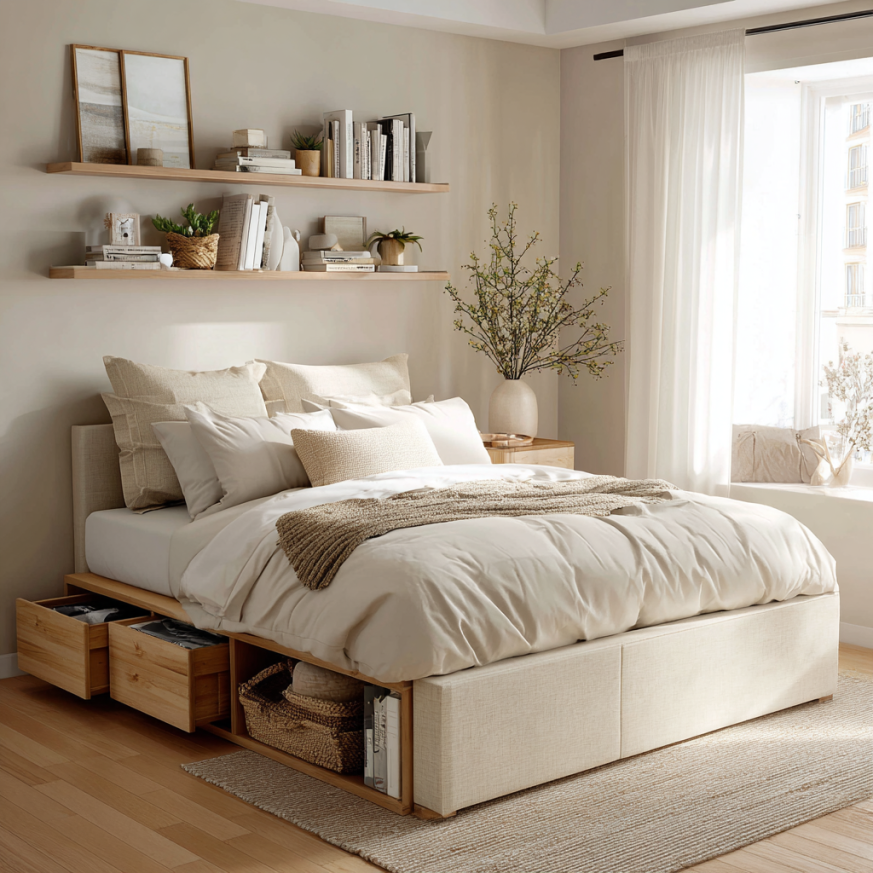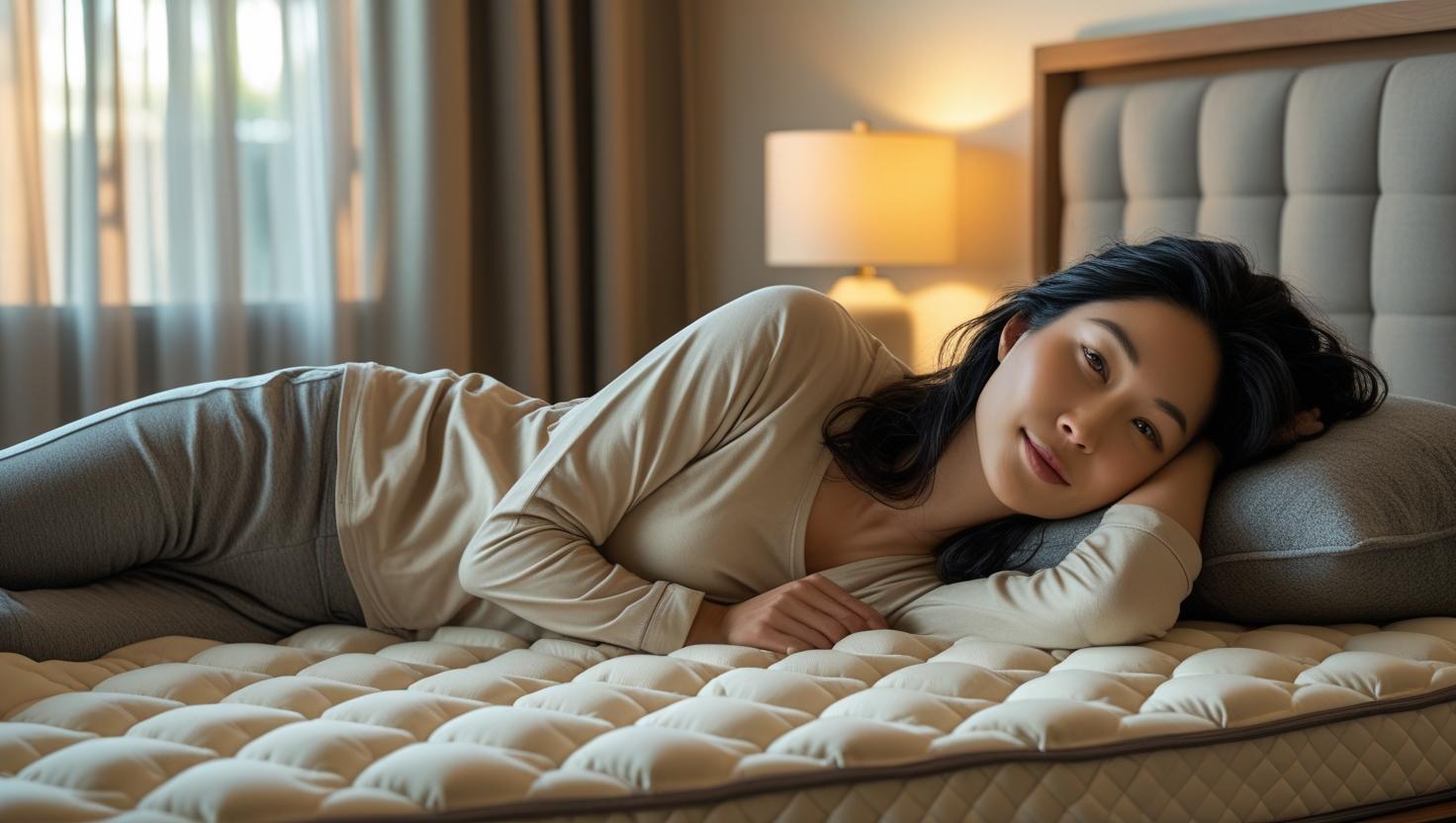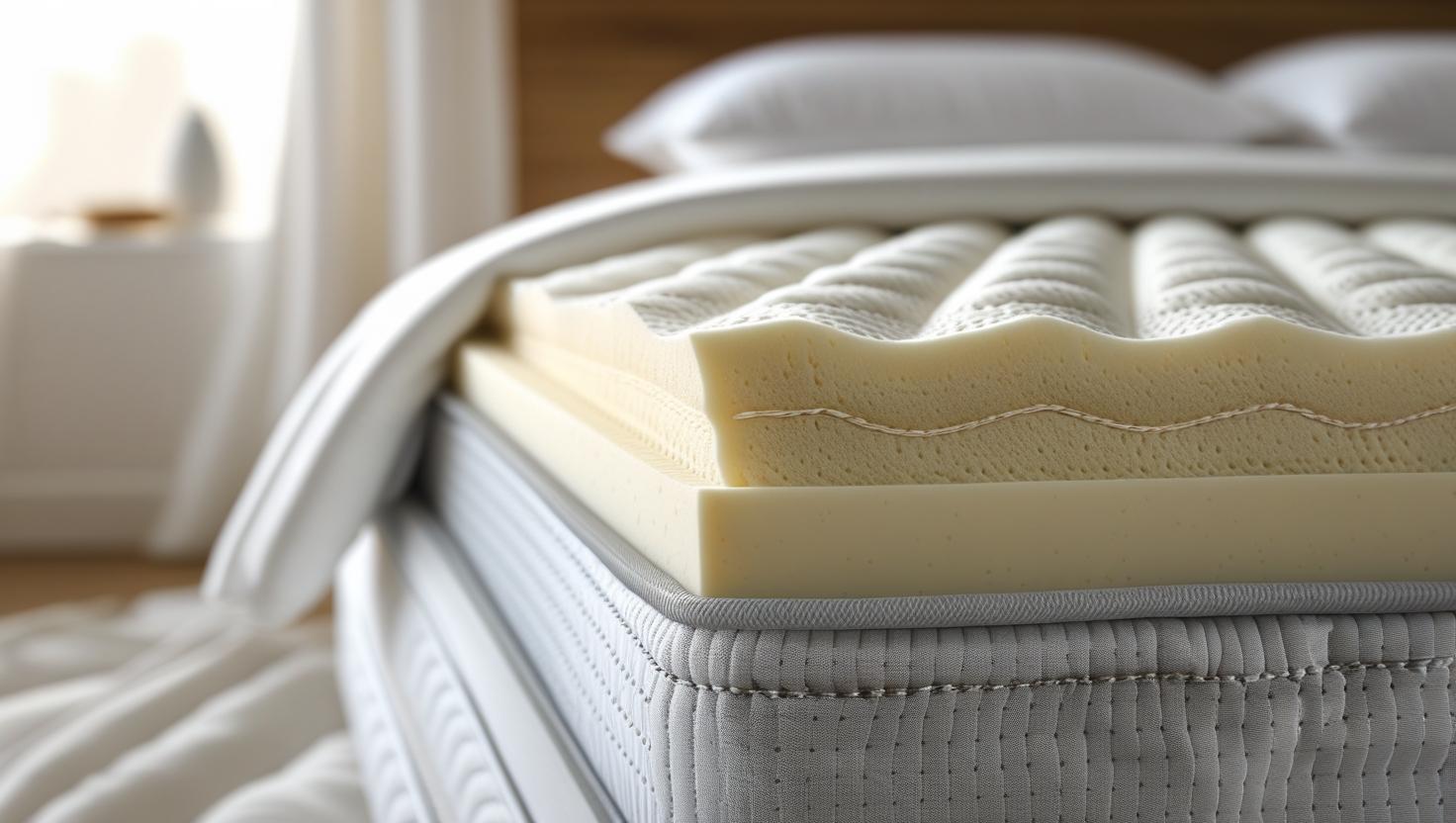Bed for Side Sleepers: Comfort & Support (2025 Guide)
The best bed for side sleepers cushions the shoulders and hips while keeping the spine aligned. This guide explains which mattress types work best, what firmness to choose, and how to fine-tune cooling, motion isolation, and durability so you wake up comfortable and pain-free.
Key Takeaways: bed for side sleepers
- Side sleepers need plush pressure relief at the shoulders and hips plus steady lumbar support.
- Medium to medium-soft firmness works for most people; consider body weight and materials.
- Top picks include memory foam, hybrid, and latex beds for a balanced feel and durability.
- Cooling covers, breathable foams, and coils help hot sleepers maintain a steady temperature.
- Test motion isolation if you share the bed; the phrase bed for side sleepers often implies low transfer.
Why Side Sleepers Need a Specialized Bed
Side sleeping concentrates weight on narrower contact points. Without the right blend of contour and support, the shoulder compresses and the hip sinks unevenly. The result is morning stiffness or lingering pressure pain.
The right mattress gently cradles curves while bracing the midsection. Aim for even contact across the body so the spine stays neutral and muscles can relax.

Key Considerations for Side Sleepers
Answer first: Prioritize pressure relief and alignment, then refine cooling, motion isolation, and durability to match your lifestyle.
- Pressure Relief: Plush surface foams reduce stress on shoulders and hips.
- Spinal Alignment: Stable support layers prevent the midsection from dipping.
- Comfort + Support Balance: Seek contour without excessive sink or “stuck” feel.
Best Types of Bed for Side Sleepers
Memory Foam Beds
Answer first: Memory foam is the go-to for deep contouring and motion isolation. If you want a close hug with minimal partner disturbance, start here.
Memory foam conforms to your curves, easing pressure around the shoulders and hips while maintaining a neutral spine. Couples appreciate its ability to absorb movement, and many modern foams integrate cooling infusions or open-cell designs to reduce heat buildup.
- Excellent pressure relief for joints and curves.
- Consistently supportive alignment overnight.
- Outstanding motion isolation for light sleepers.
Compare materials and feel in our Types of Mattresses guide (internal).
For curated picks, see Best Memory Foam Mattress: Side Sleepers (internal).
Independent testing aligns with this advice; the Sleep Foundation’s side-sleeper roundup emphasizes foam or latex for close contouring and healthy alignment learn more.
Hybrid Beds
Answer first: Hybrids blend foam comfort with coil support for a buoyant yet pressure-relieving feel. Choose this if you like a bit of bounce and better airflow.
Pocketed coils add lift, edge stability, and breathability, while foam layers cushion sharp pressure points. Hybrids are a solid middle ground for side sleepers who want contour without a deep “sink.”
- Balanced support and softness for many body types.
- Improved airflow for hot sleepers.
- Durability from steel coils and denser foams.
Make sure the size suits your room and sleeper count with our Bed Sizes Guide (internal).
If you prefer a firmer feel, see guidance on when firm beds fit certain side sleepers, especially at higher body weights here. :contentReference[oaicite:1]{index=1}

Latex Beds
Answer first: Latex offers responsive cushioning with a lifted feel, great for side sleepers who want support without slow-moving sink.
Natural latex is durable, springy, and more breathable than traditional memory foam. Its quick response helps you change positions easily while still reducing pressure around the shoulder and hip.
- Resilient comfort with subtle contour.
- Naturally cooler and long-lasting.
- Good option for eco-minded shoppers.
See how latex compares to other builds in our breakdown: Memory Foam vs. Latex vs. Innerspring (internal).
Innerspring Beds with a Plush Topper
Answer first: Prefer a traditional coil feel? Pairing an innerspring with a plush topper can create side-sleeper cushioning without sacrificing support.
Coil units supply sturdy pushback and strong edge support. A quality topper adds pressure relief for the shoulder and hip, helping you dial in comfort on a budget or refresh an existing mattress.
- Buoyant coil support to keep the spine neutral.
- Excellent breathability for hot sleepers.
- Budget-friendly customization with topper swaps.
Additional Factors for Side Sleepers
Mattress Firmness Level
Answer first: Most side sleepers thrive on medium to medium-soft. Heavier bodies may prefer medium-firm hybrids that still cushion pressure points.
Industry testing frequently places side sleepers in the soft-to-medium range for alignment; too firm can drive pressure into the shoulder, while too soft can collapse the midsection. Guidance from expert reviews echoes this range with nuance by weight and preference. See details.
Mattress Thickness
Answer first: A profile of 10–12 inches usually balances comfort layers and support cores for side sleepers.
Thicker comfort stacks give the shoulders space to nestle while the support core holds posture. Ultra-thin beds can feel firm and bottom out for curvier bodies.
Material Quality & Certifications
Answer first: Look for reputable foam and textile certifications to minimize harmful chemicals and odors.
Common labels include CertiPUR-US for foams and OEKO-TEX for textiles. Natural latex seekers can also look for GOLS/GOTS when applicable.
Temperature & Breathability
Answer first: If you run warm, prioritize cooling covers, open-cell foams, or hybrids with airflow.
Fabric selection matters too—percale typically sleeps cooler than sateen, while linen breathes well across seasons. Parachute’s fabric guides explain weave differences and temperature feel compare here. :contentReference[oaicite:3]{index=3}
Explore more cooling strategies in our primer on Temperature-Regulating Bedding (internal).
Motion Isolation for Couples
Answer first: Memory foam minimizes transfer the best; pocketed-coil hybrids with thicker foams also perform well.
Light sleepers who wake to every turn benefit from deeper comfort layers and denser transition foams. For a quick primer, see our note on Motion Transfer Reduction (internal).
Sleeping Partner Considerations
Answer first: Choose materials that suit both sleepers, and size up if space is tight. Good motion isolation protects rest for different schedules.
Couples often land on memory foam or hybrid builds for the best mix of contour and stability. To build healthier habits together, try our research-backed Sleep Hacks (internal).
Buyer’s Guide for Side Sleepers
Step 1: Match Firmness to Body Type
Answer first: Under ~230 lb, start at medium or medium-soft; over ~230 lb, consider medium-firm hybrids that still cushion the shoulder.
Expert roundups reiterate that firmer designs can work for some heavier side sleepers who still sink enough to relieve pressure, while many average-weight sleepers prefer medium for balance. Read more nuances. :contentReference[oaicite:4]{index=4}
Step 2: Choose Your Core Construction
Answer first: Foam maximizes pressure relief; latex adds buoyancy; coils improve airflow and edge strength. Pick the feel you want first.
To compare builds side-by-side, review our comprehensive Types of Mattresses guide (internal).
Step 3: Confirm Cooling Features
Answer first: Hot sleepers should look for breathable covers, gel or graphite infusions, aerated latex, and pocketed coils.
Textile choices matter as much as foams; percale typically sleeps cooler than sateen, while linen remains breathable and durable season to season. Percale guide and Sateen guide. :contentReference[oaicite:5]{index=5}
Step 4: Check Edge Support & Ease of Movement
Answer first: If you sit or sleep near the edge, hybrids often provide sturdier perimeters than all-foam designs.
Latex and some hybrids also respond faster to movement, which can be helpful for combination sleepers who frequently swap sides.
Step 5: Don’t Forget Trial, Warranty, and Returns
Answer first: Favor trials of 90+ nights and transparent return terms. A minimum 10-year warranty is typical for well-built mattresses.
Always unbox within the trial window and document defects early so support claims are simple.
FAQ About Bed for Side Sleepers
- What is the ideal mattress firmness for side sleepers?
- Most people do best on medium to medium-soft, with firmer options for heavier bodies that still need pressure relief.
- Are memory foam beds too hot for side sleepers?
- Not necessarily. Look for open-cell foams, gel or graphite infusions, and cooling covers. Hybrids and latex also improve airflow.
- How often should a side sleeper replace their mattress?
- Plan on 7–10 years for quality models; heavy use or softer designs may need earlier replacement.
- What if my shoulder still hurts on a new mattress?
- First, give it a full 30-night break-in. If pain persists, try a plusher topper, adjust your pillow height, or consider a medium-soft model.
- Which size is best for couples who side sleep?
- Queen fits most rooms, but a King or California King offers better shoulder room and motion isolation. See our Bed Sizes Guide (internal).
Final Thoughts
The right bed for side sleepers balances plush pressure relief with steady support so your spine stays neutral. Whether you pick memory foam for deep contouring, a hybrid for airflow and bounce, or latex for resilient comfort, the best choice is the one that keeps you comfortable through the night. For more mattress and bedding insights, explore Cozy Bed Quarters (internal) and trusted, expert resources below.
Related Reading
From Cozy Bed Quarters
Trusted External Sources
